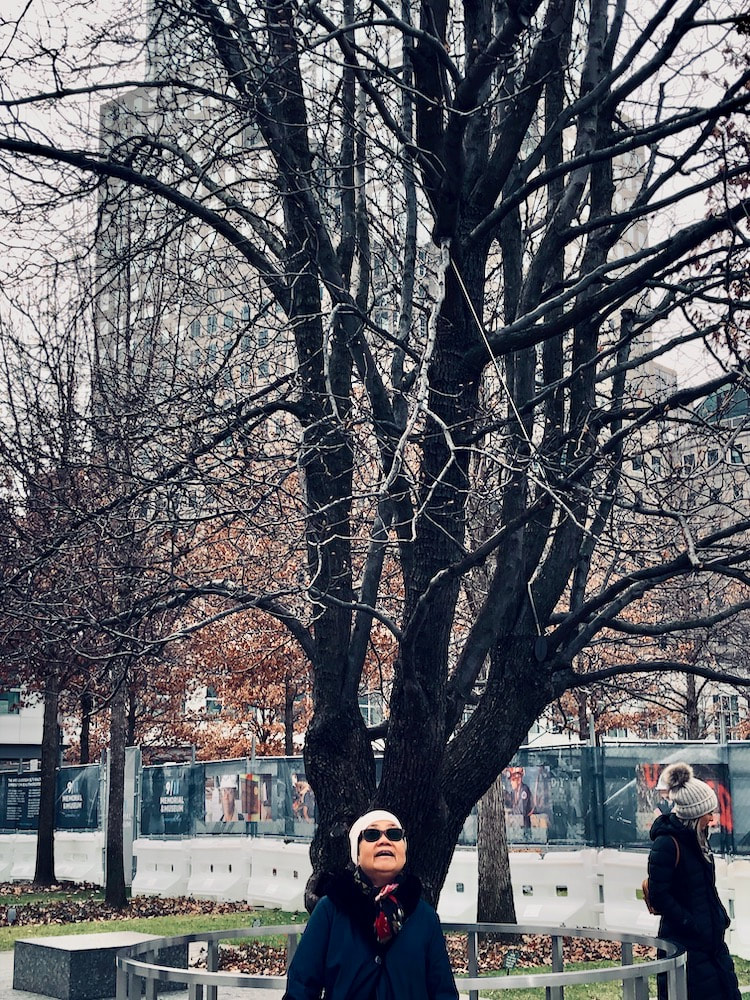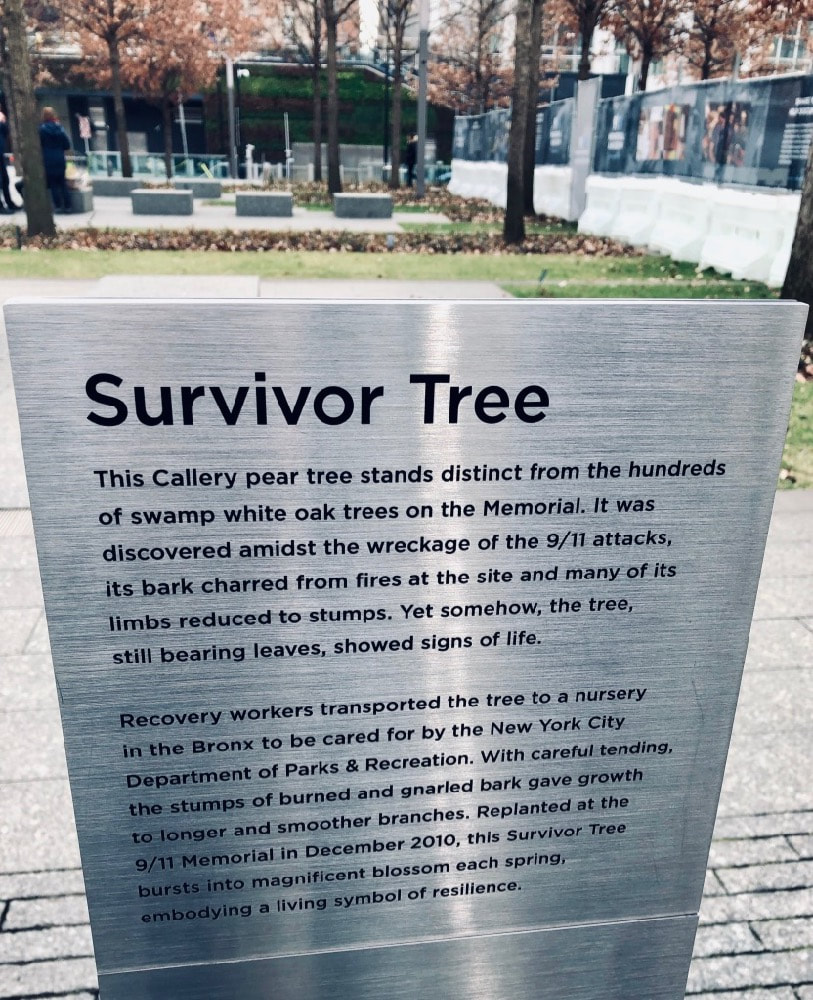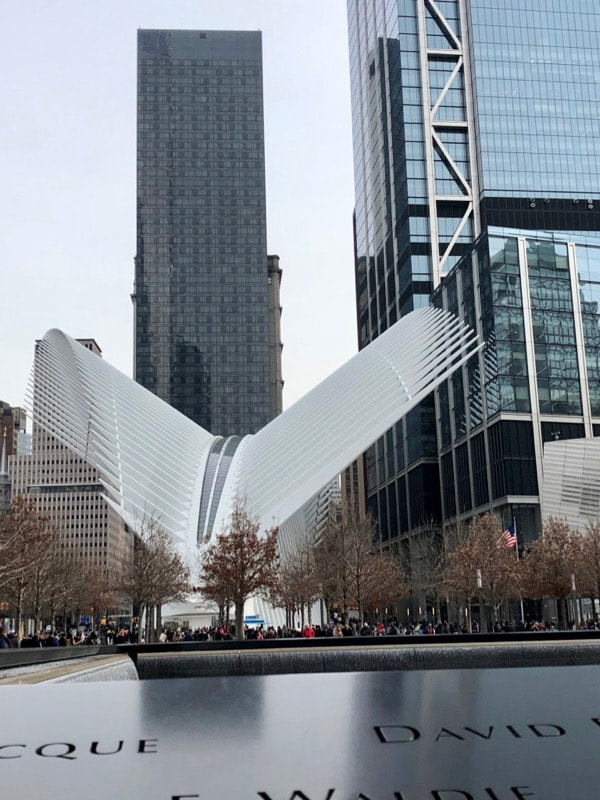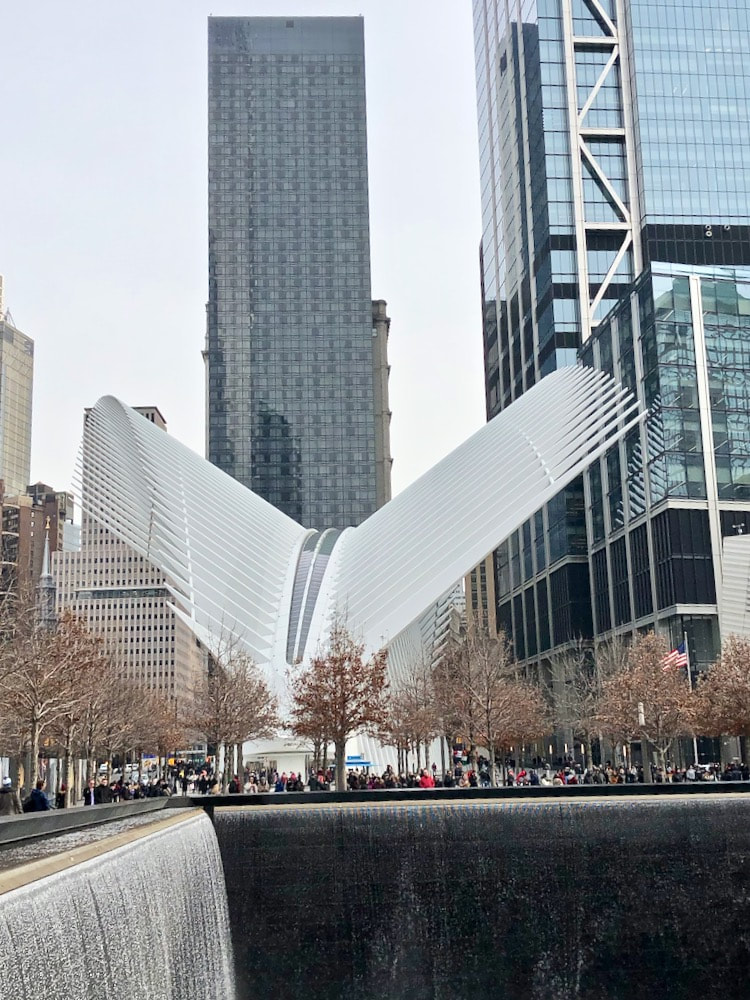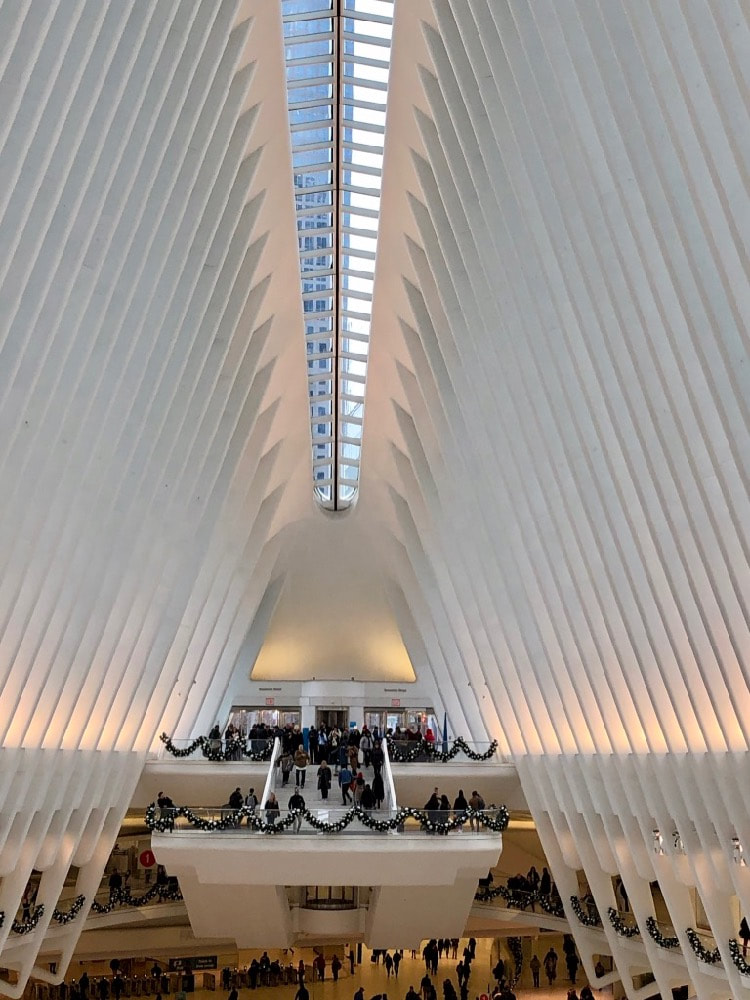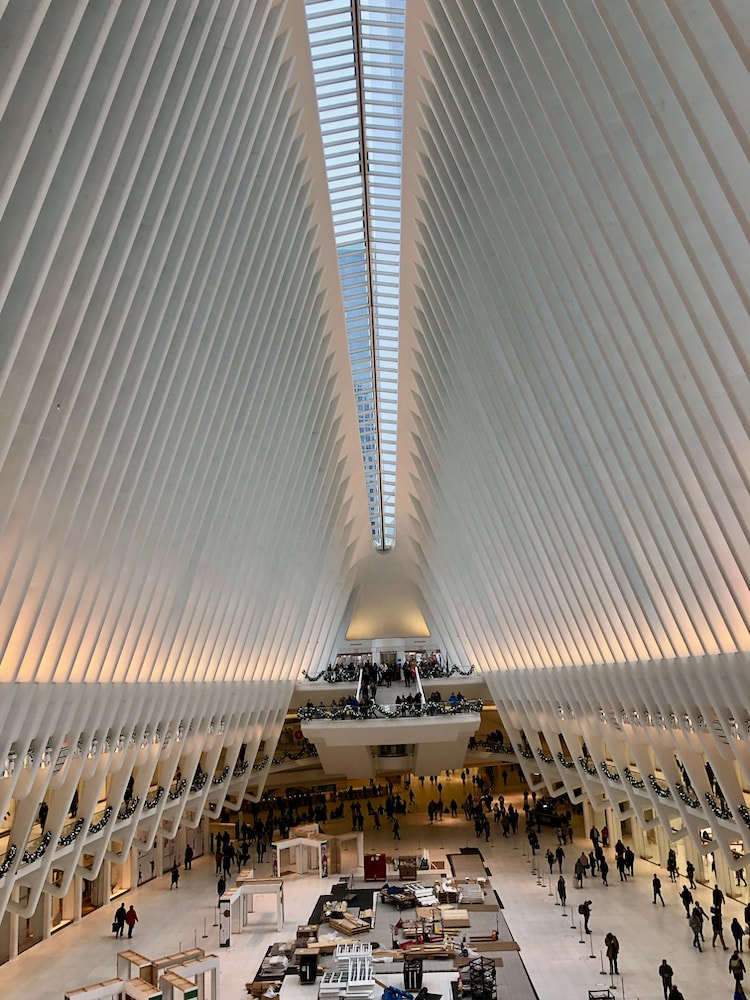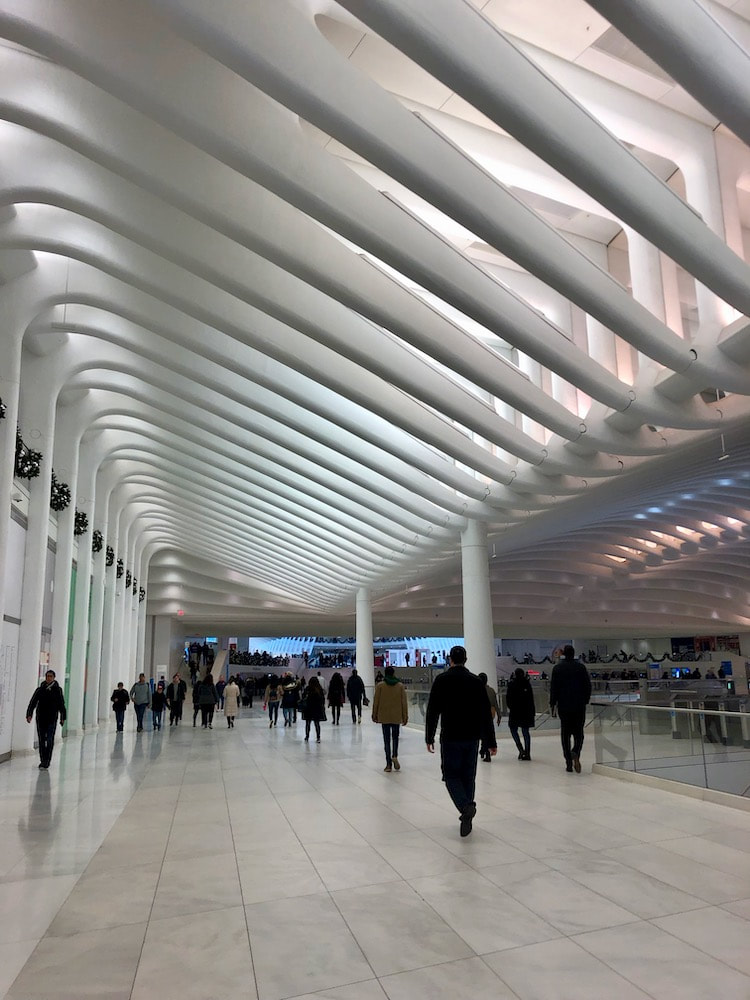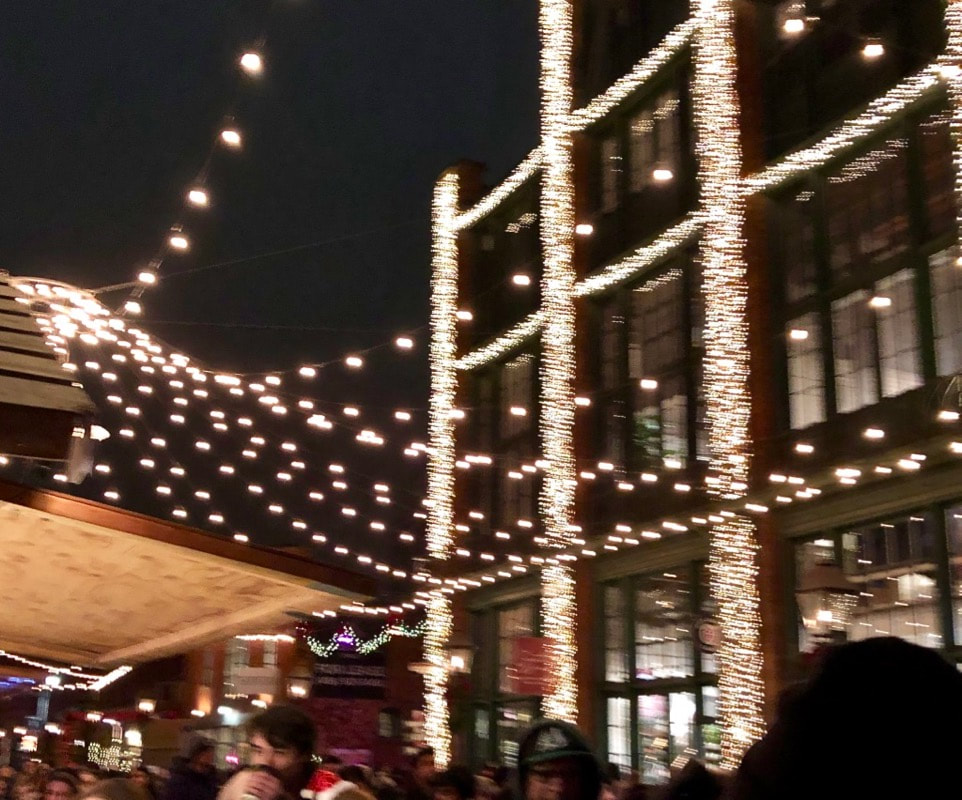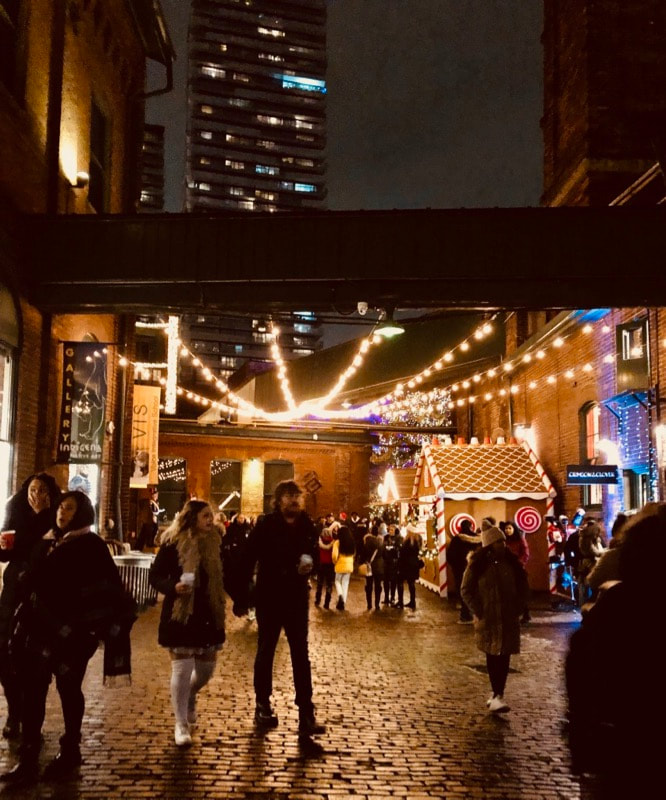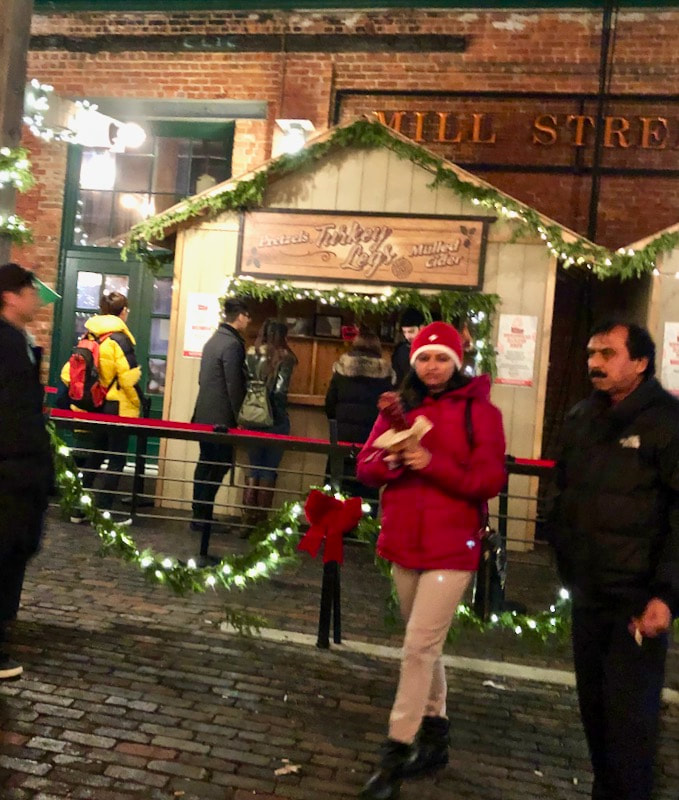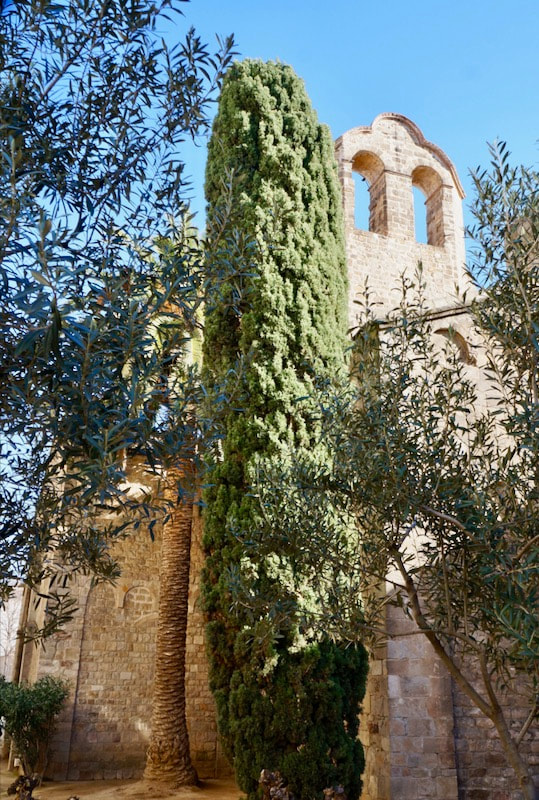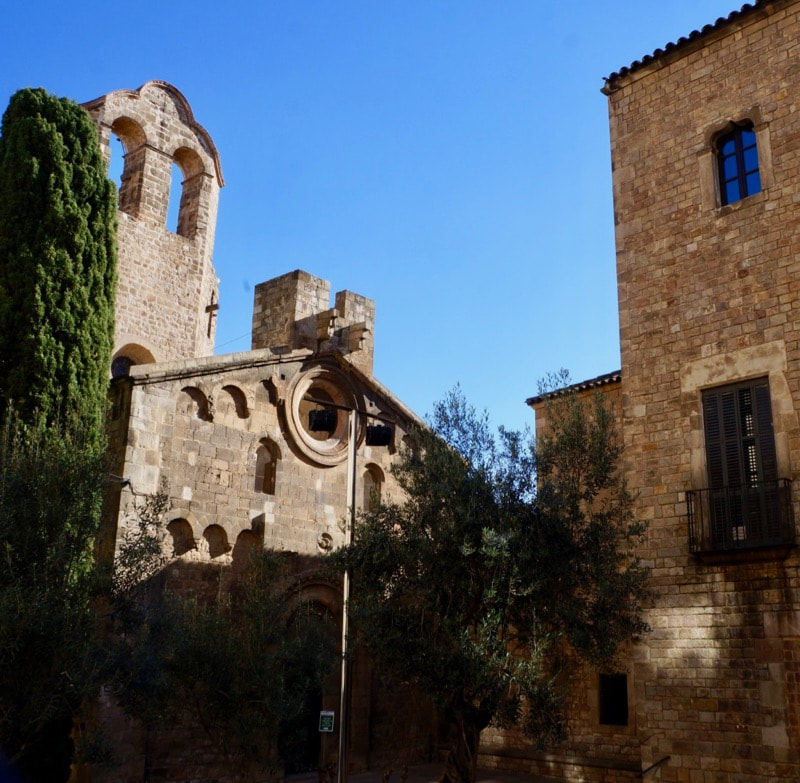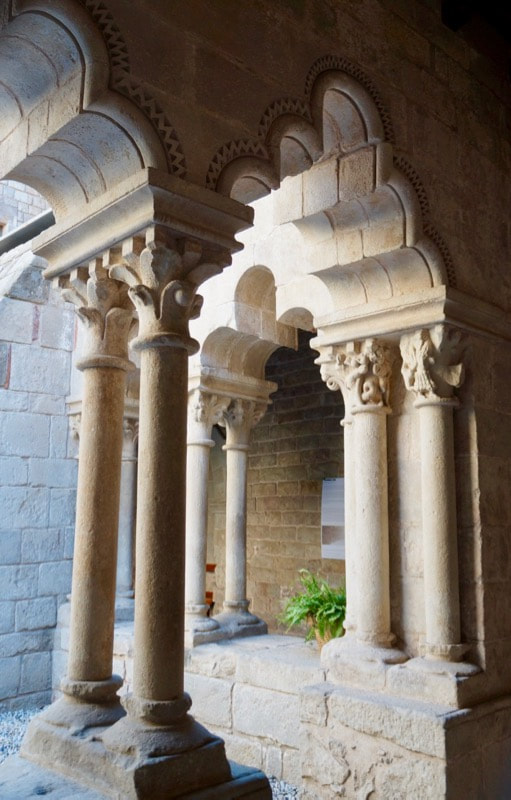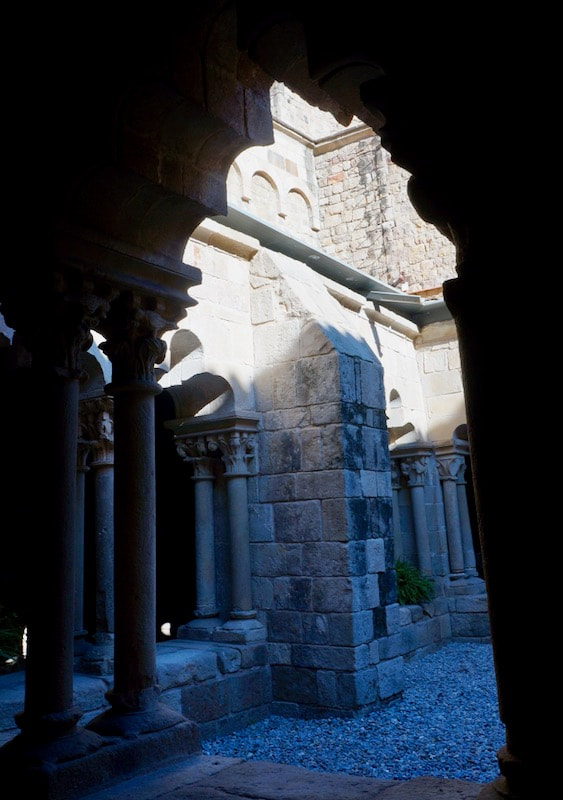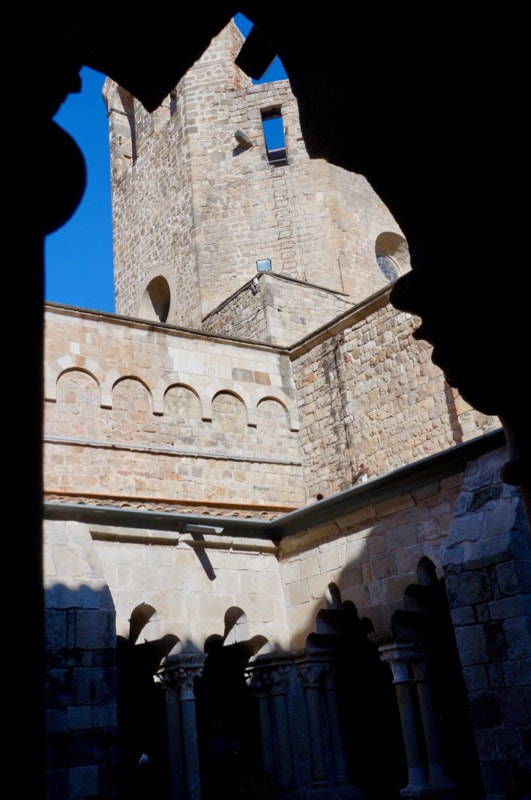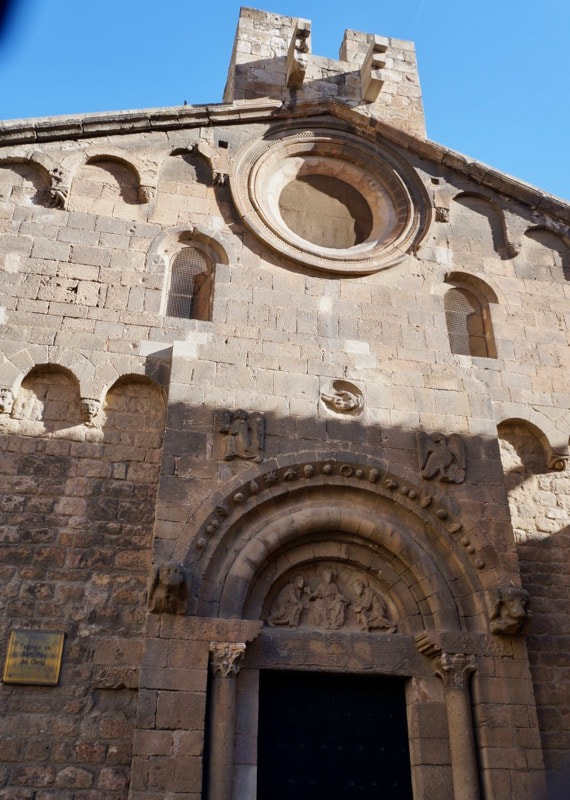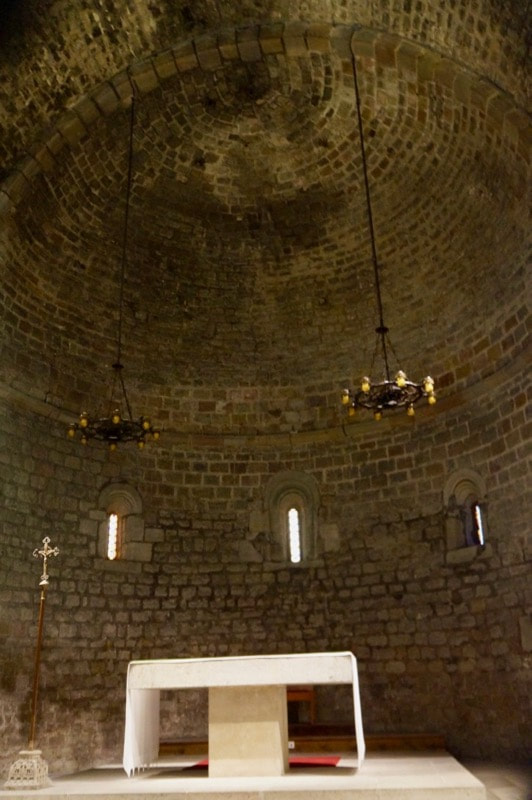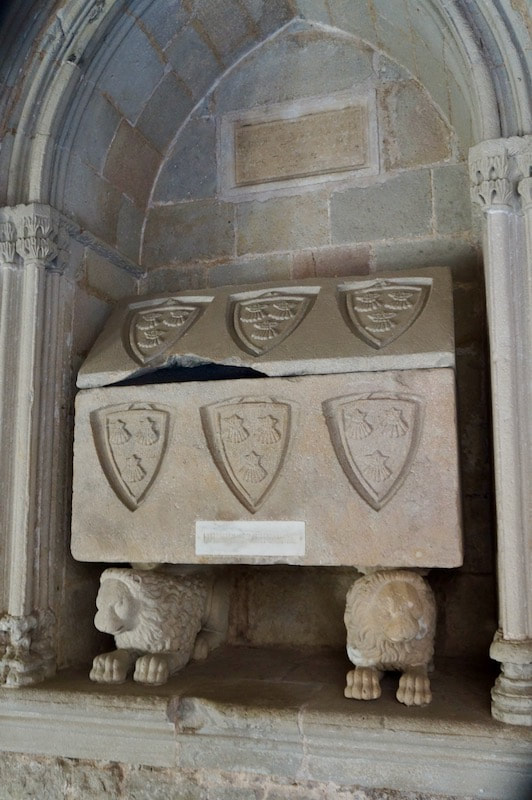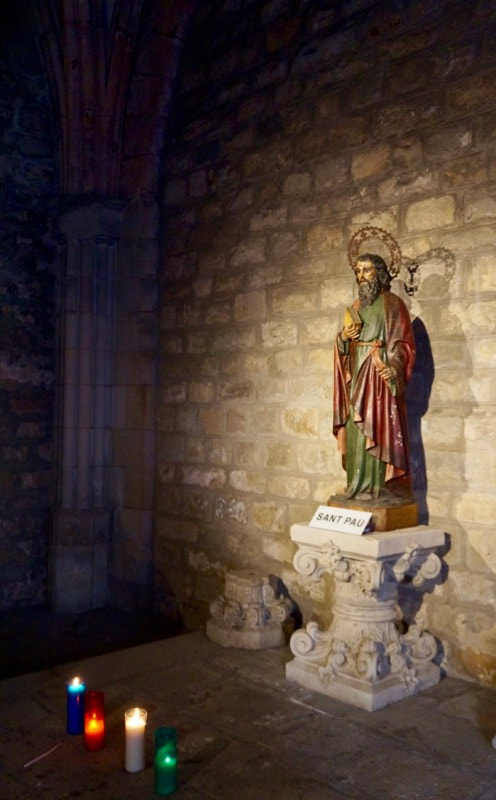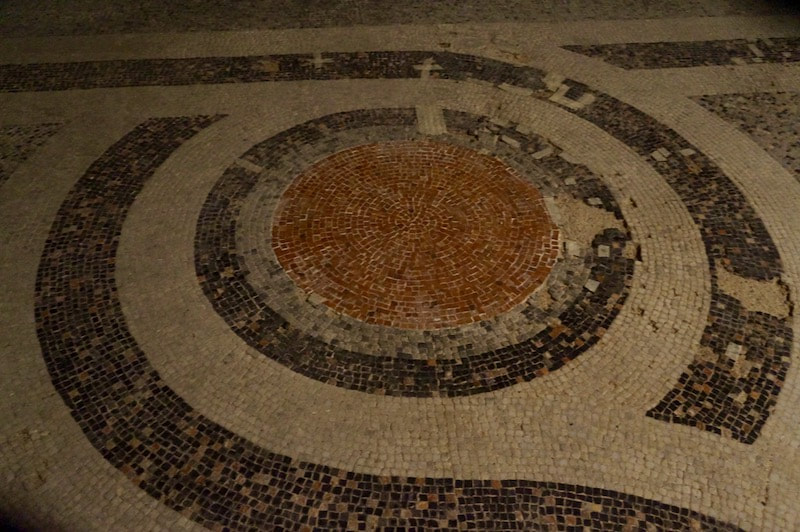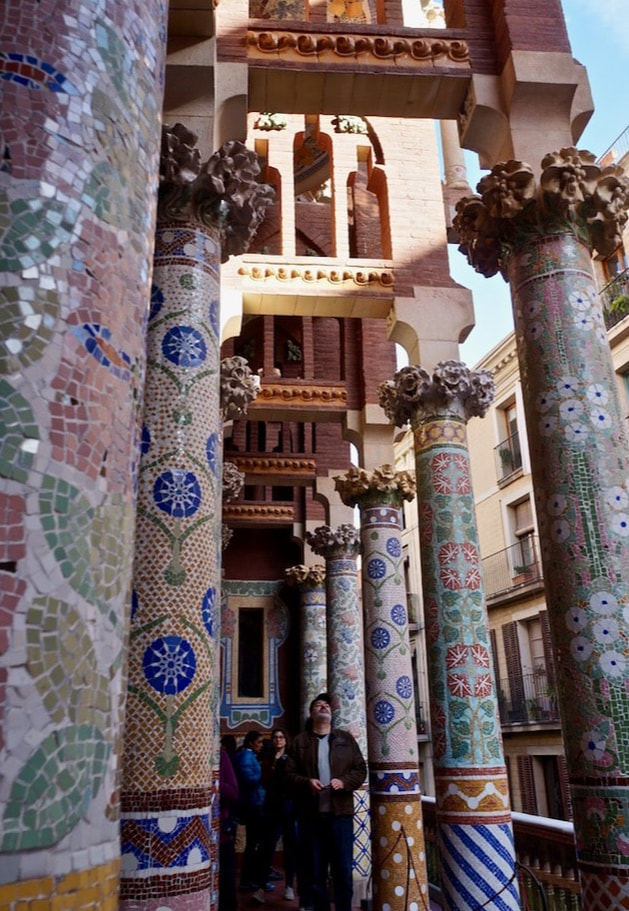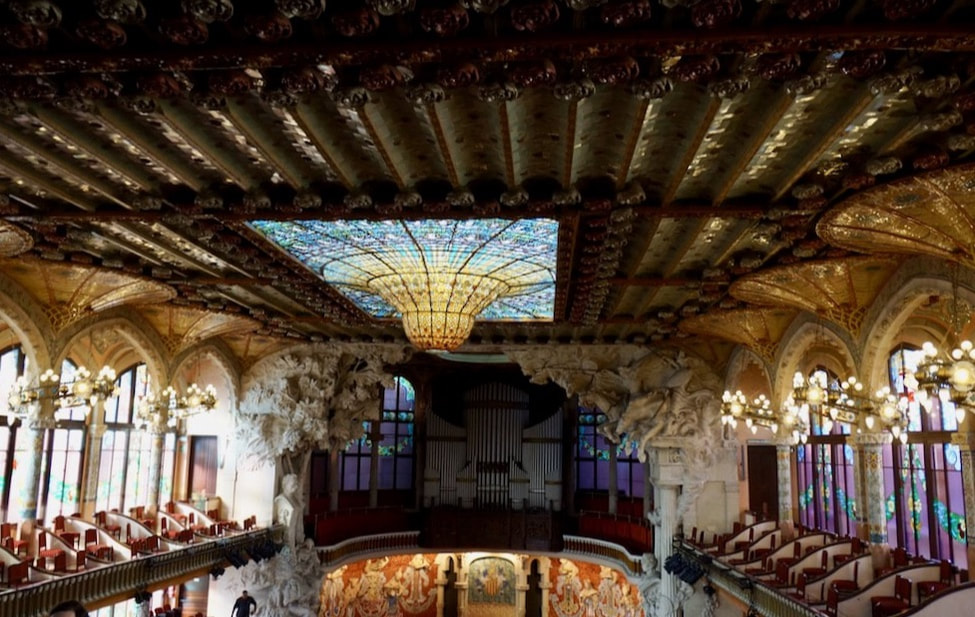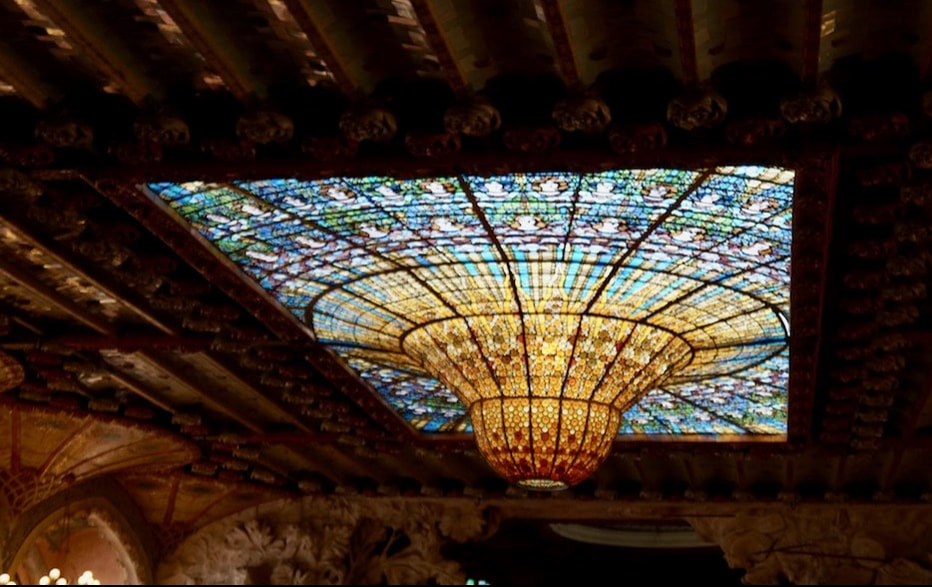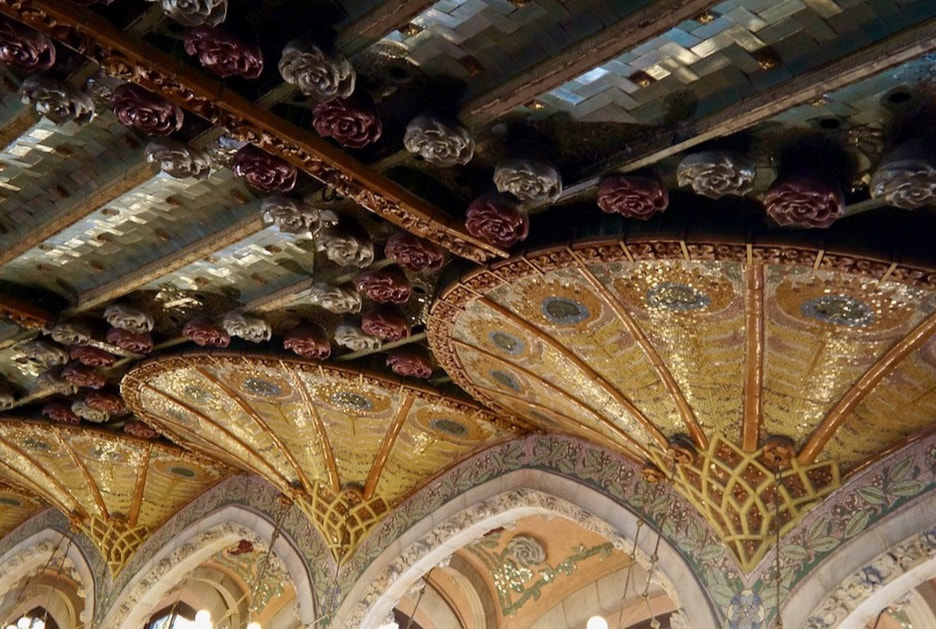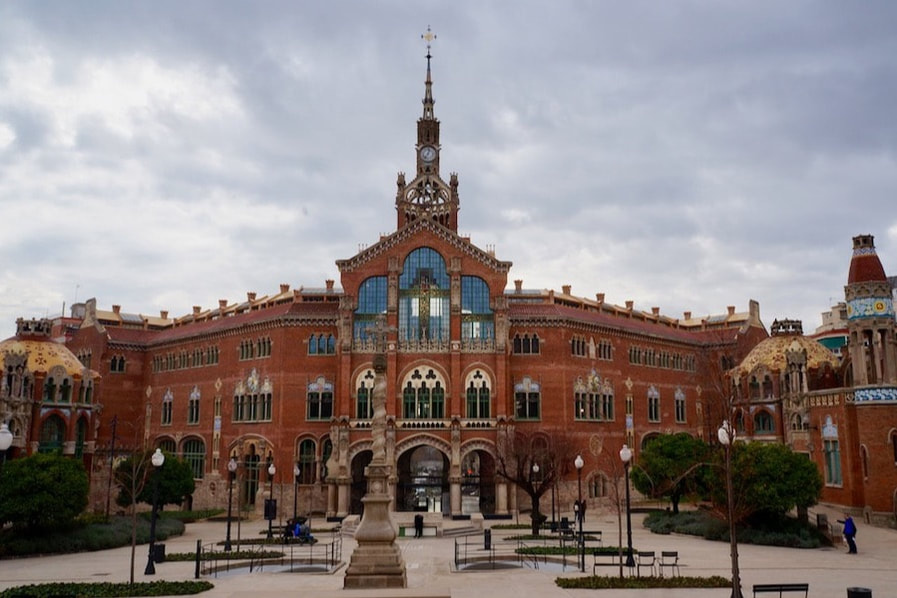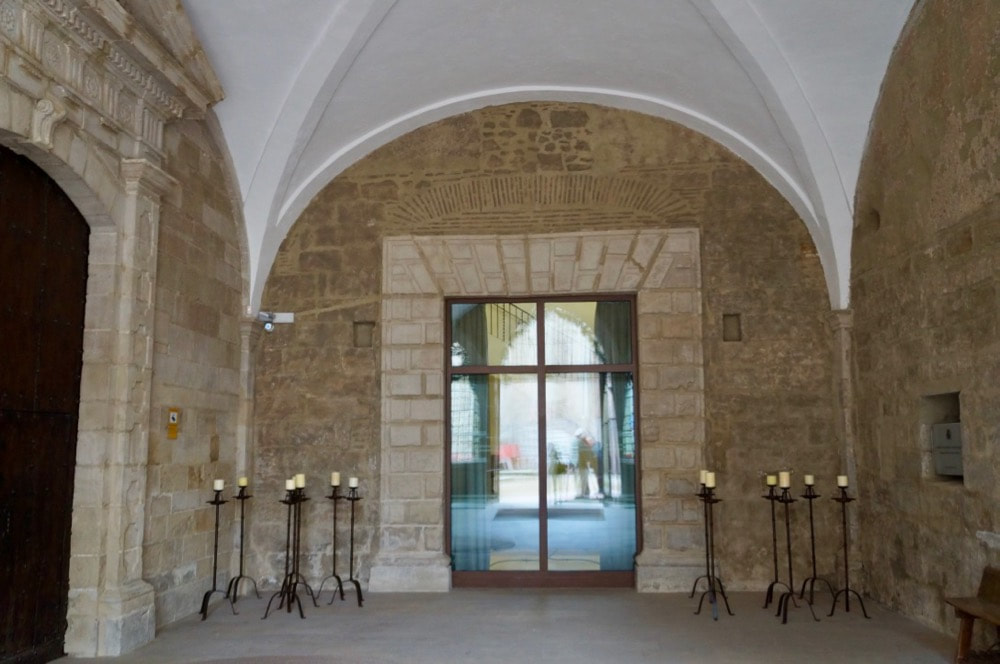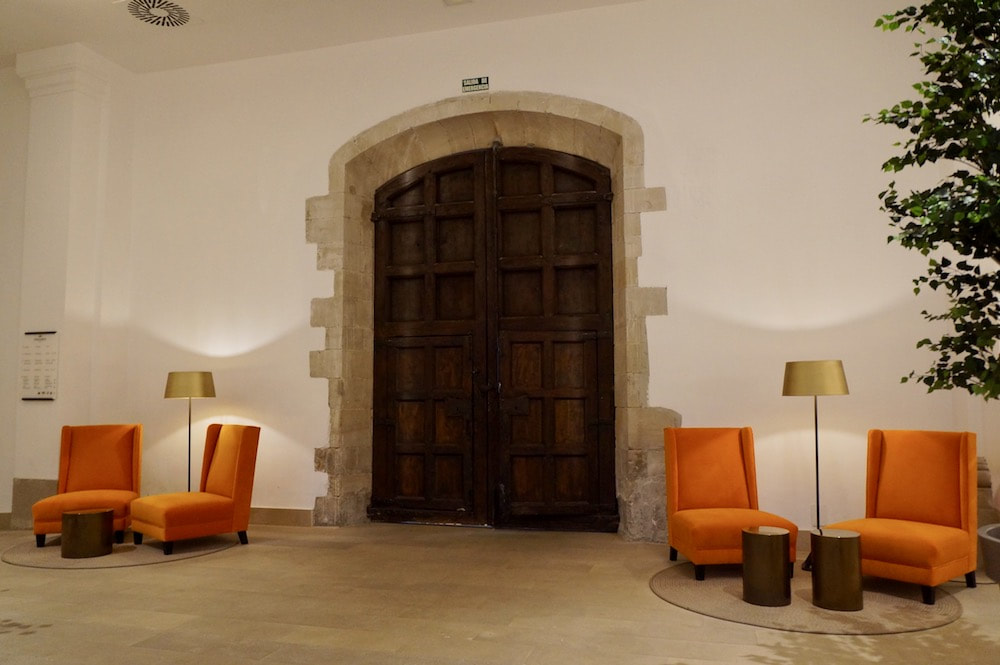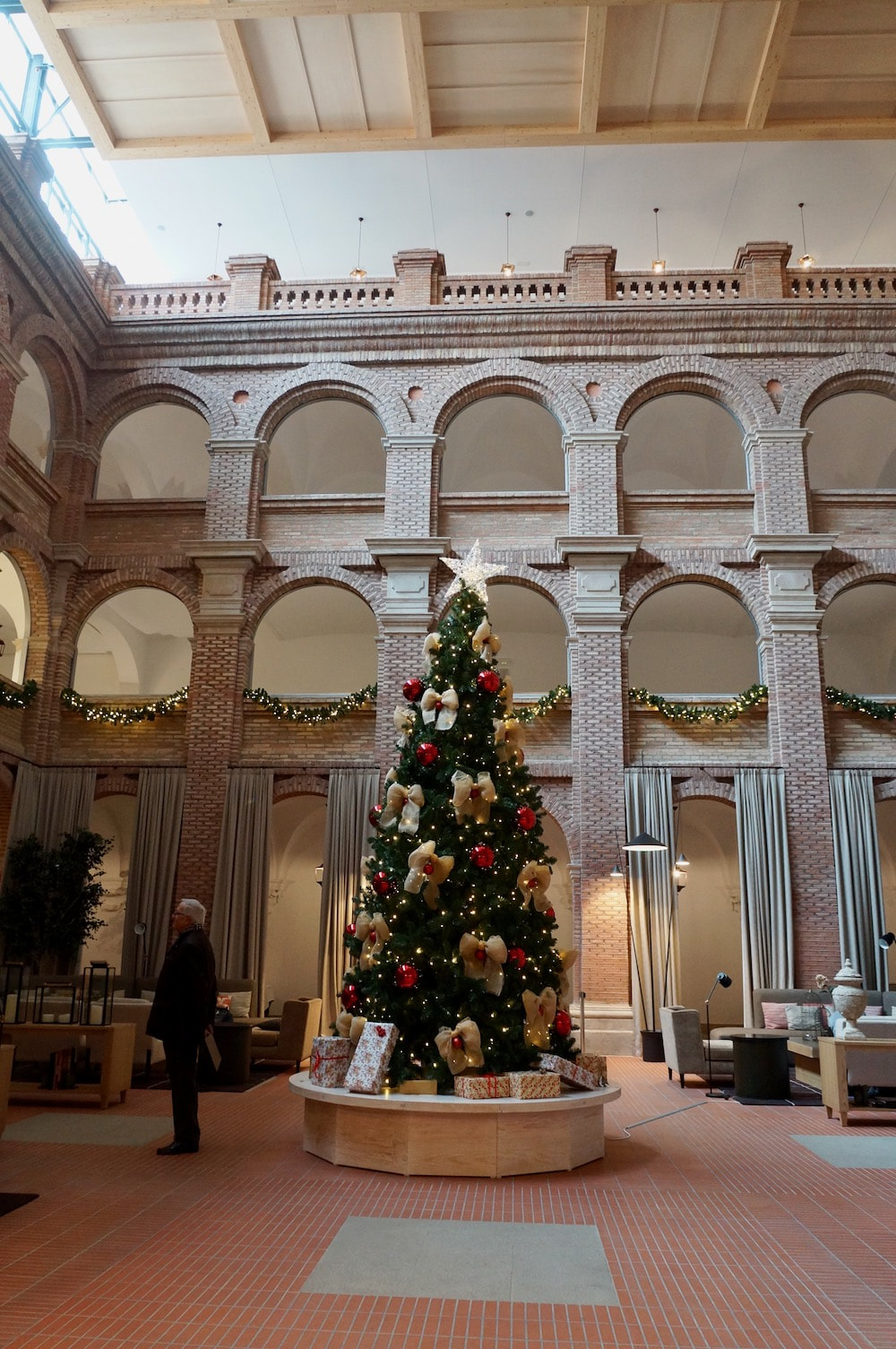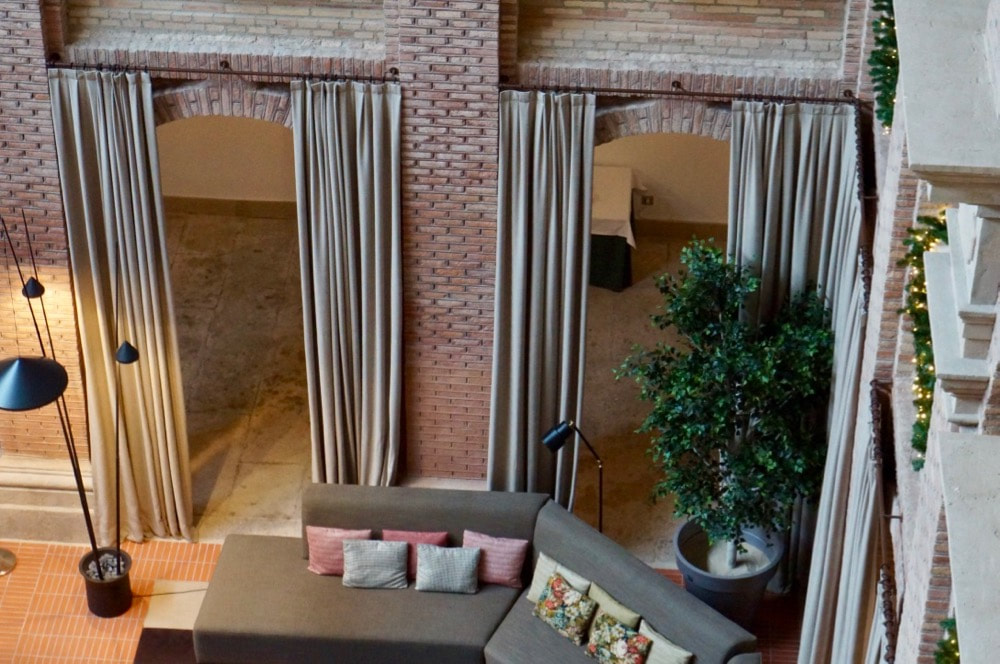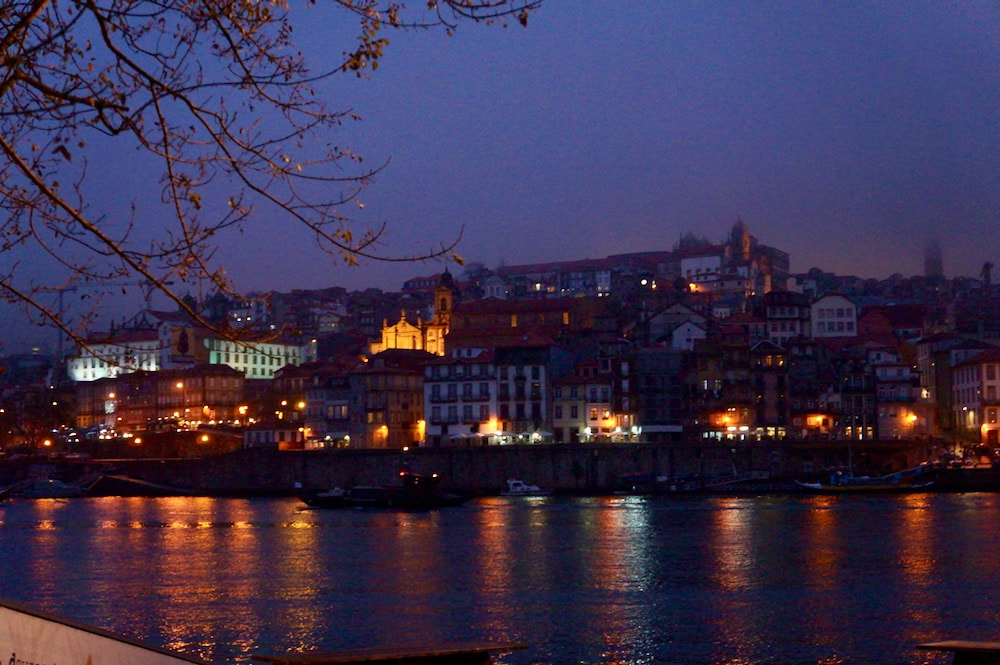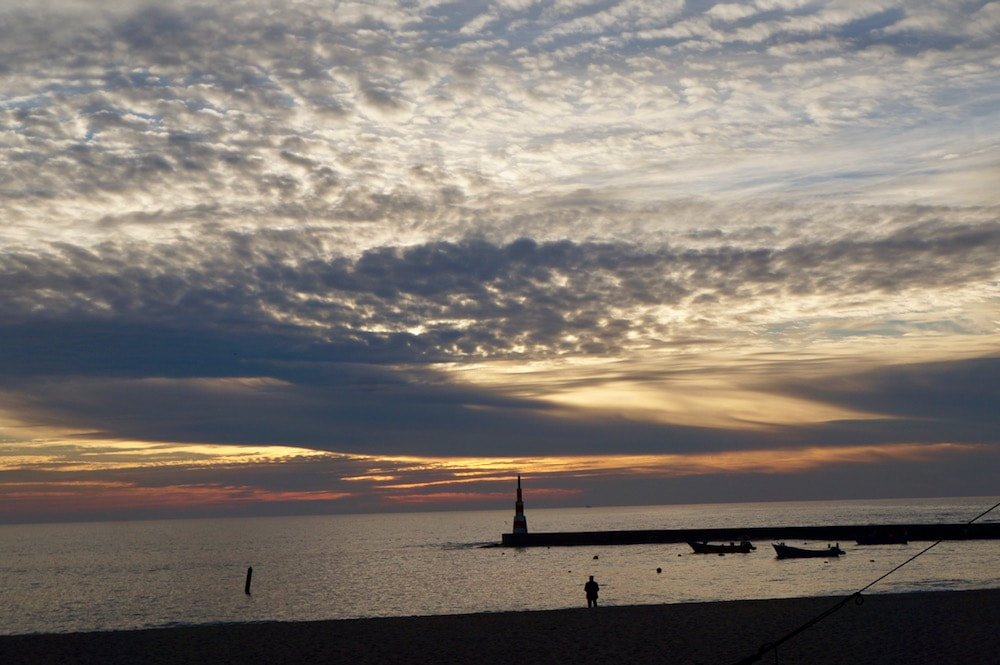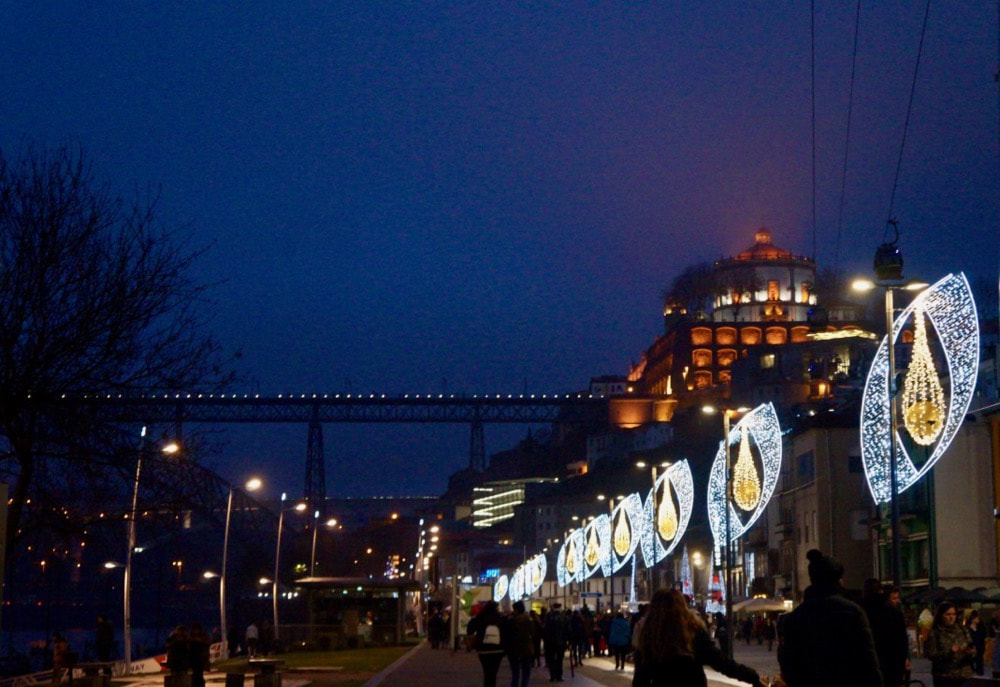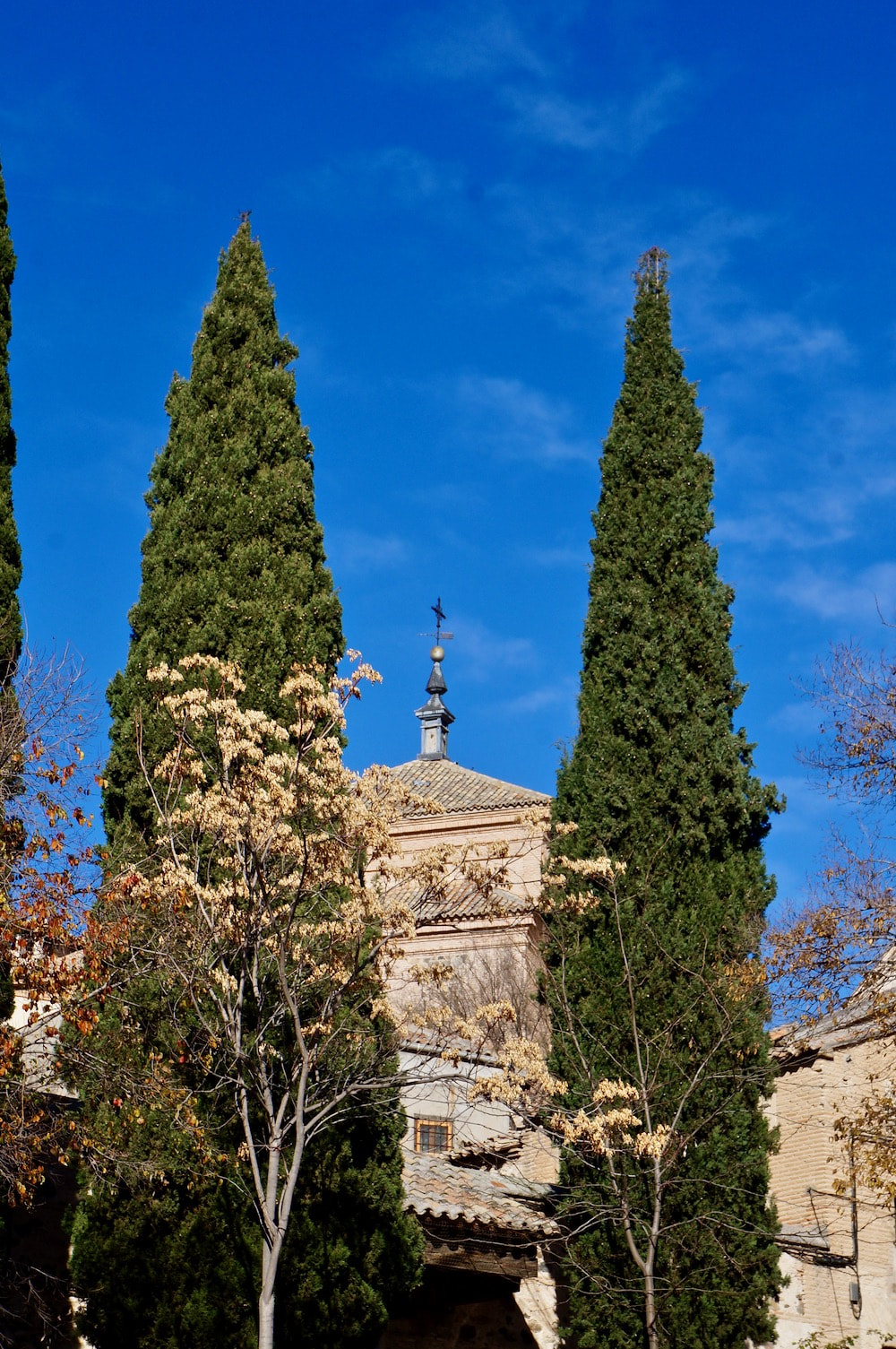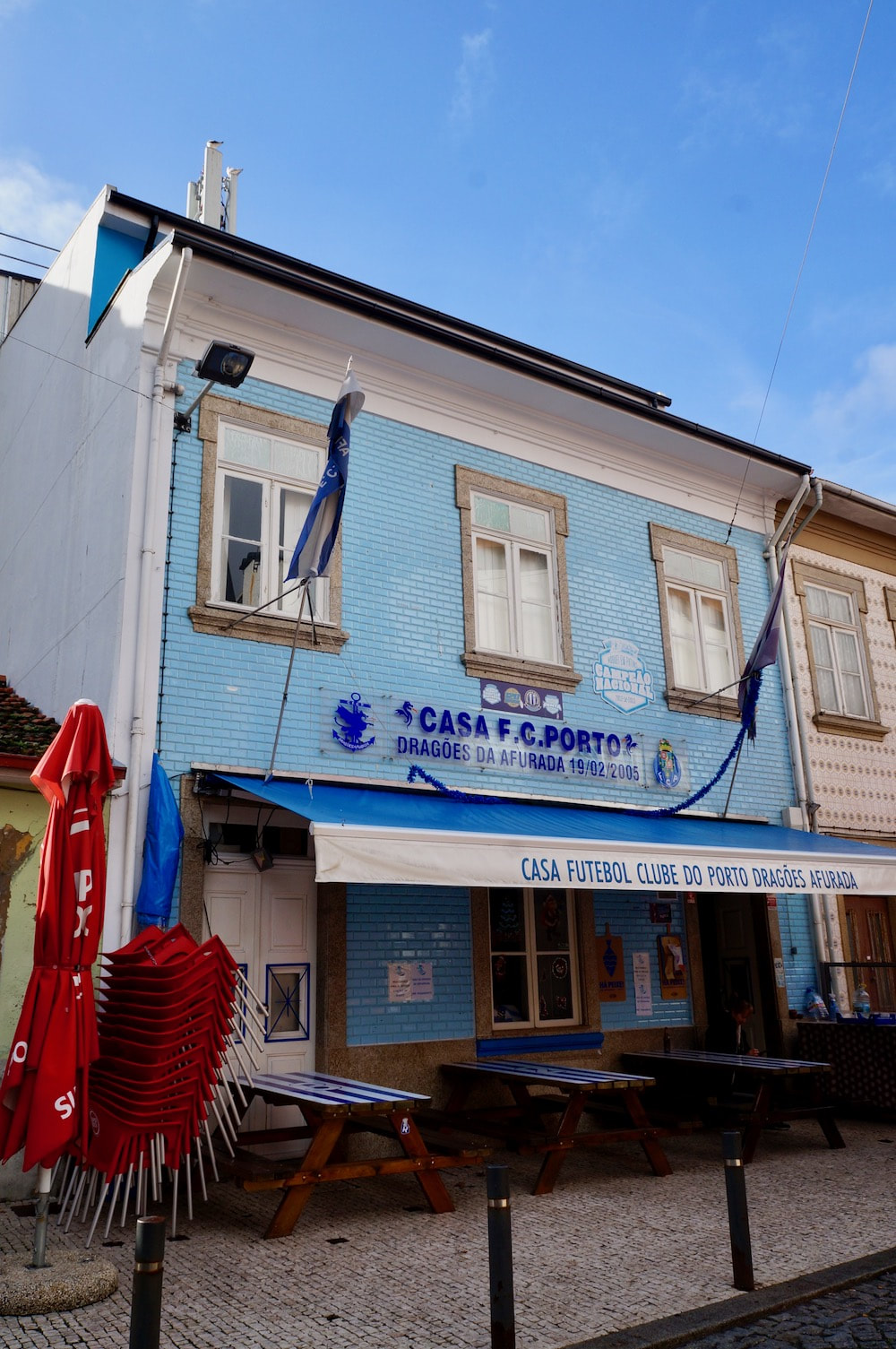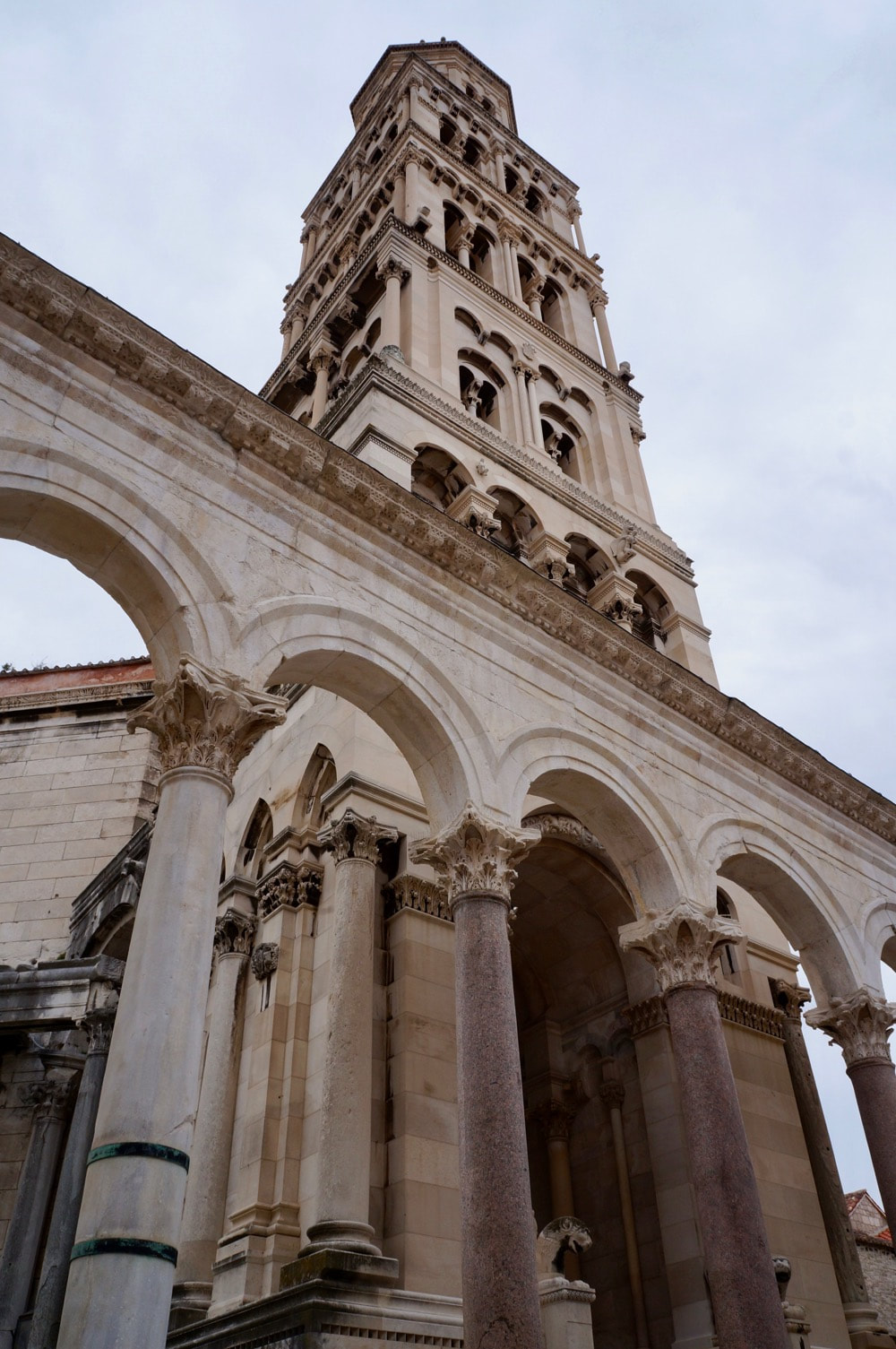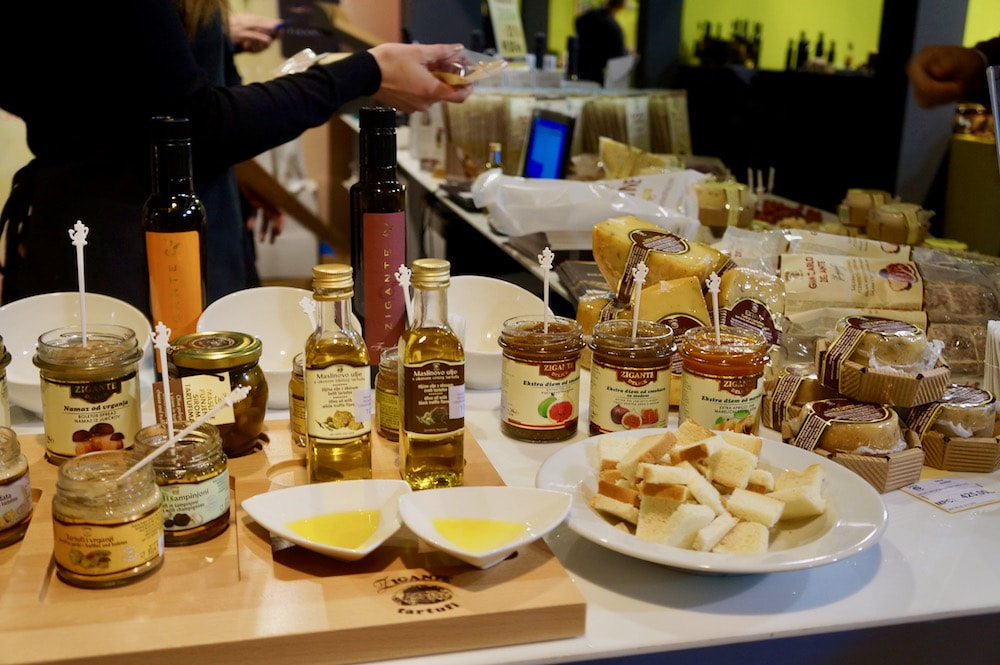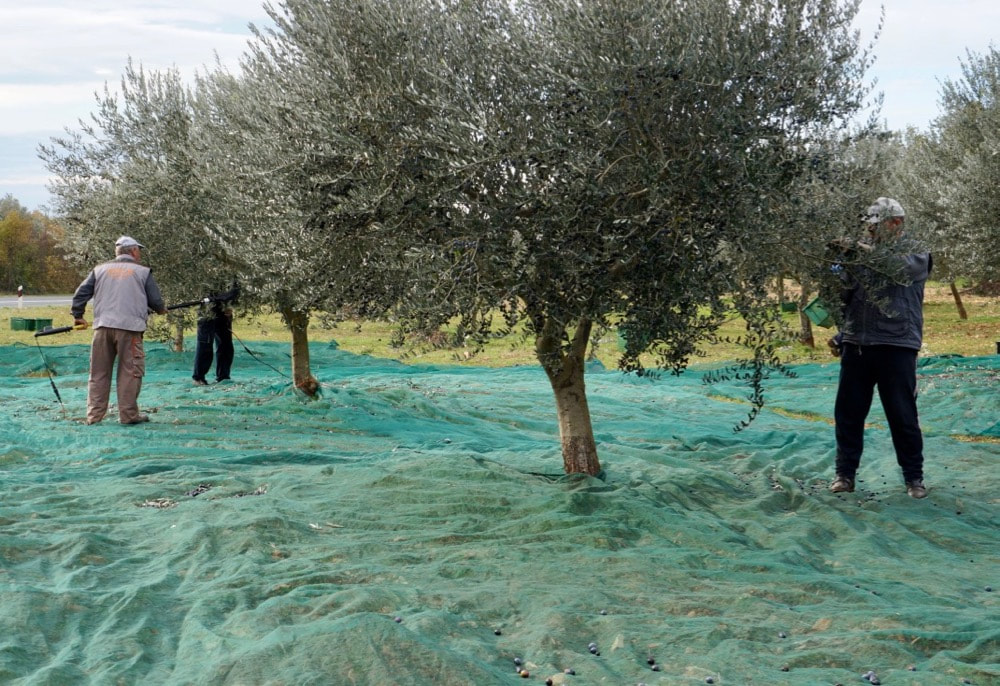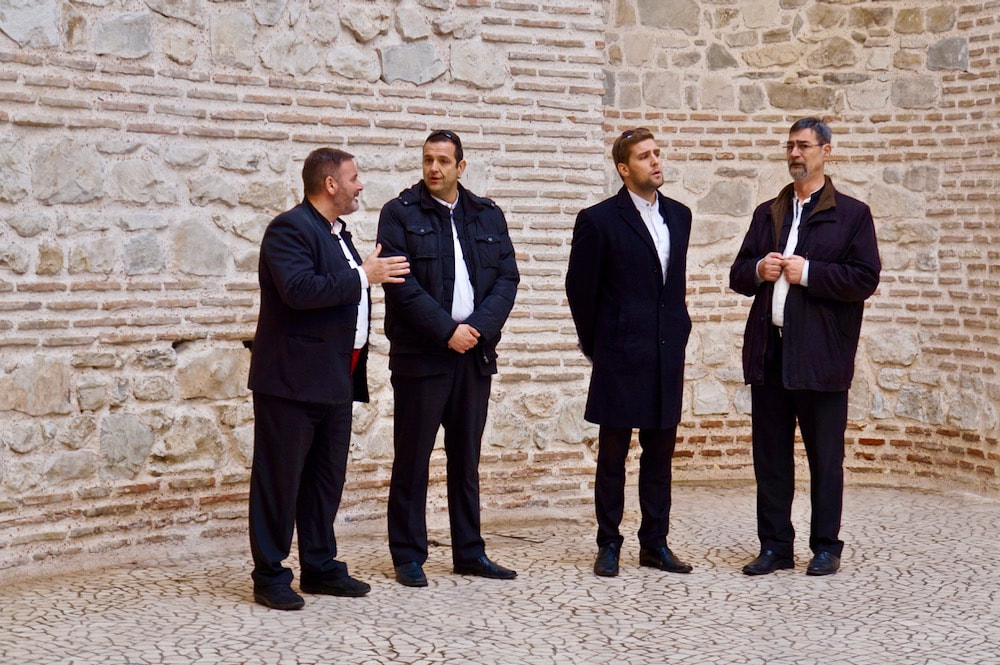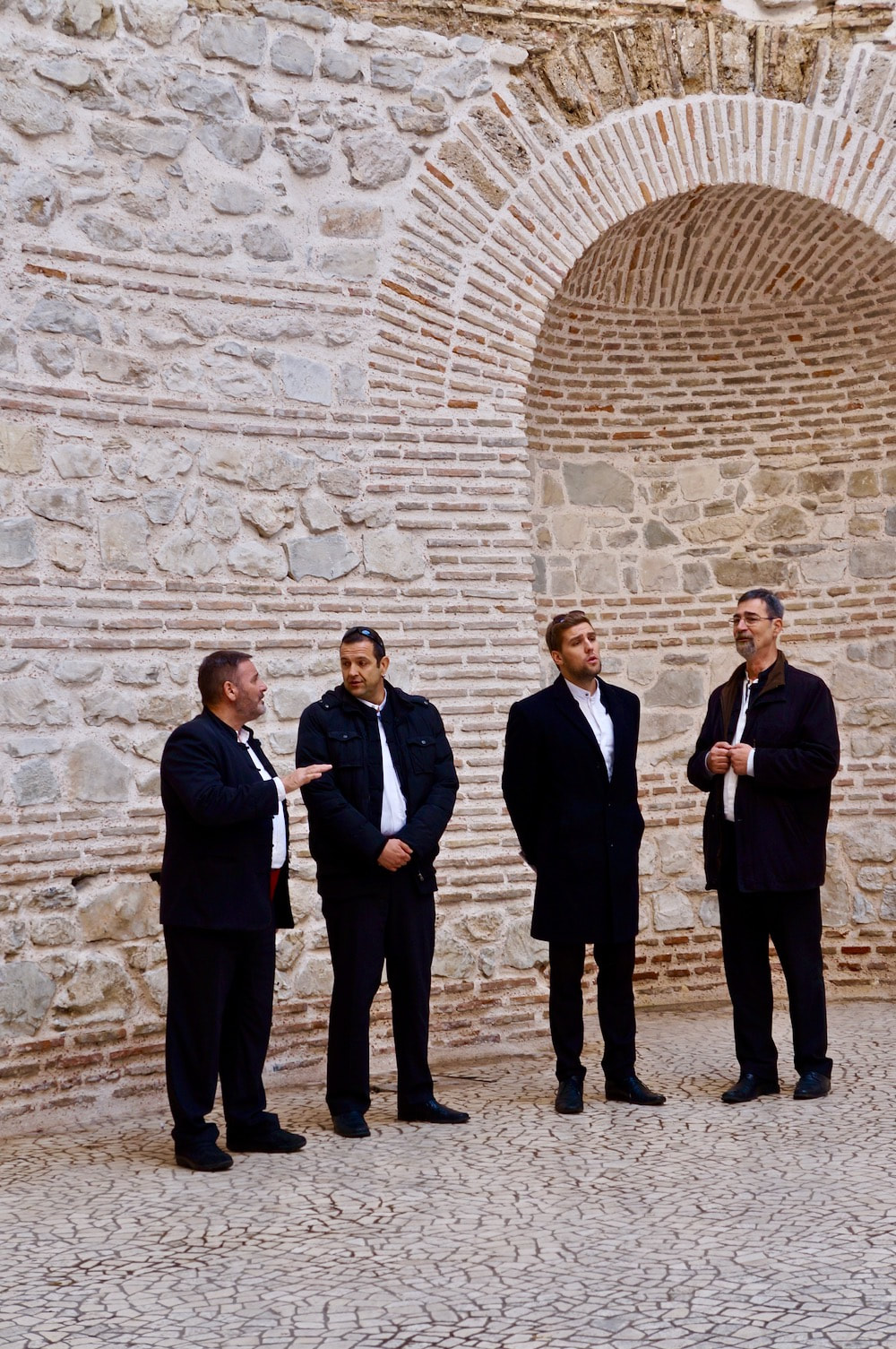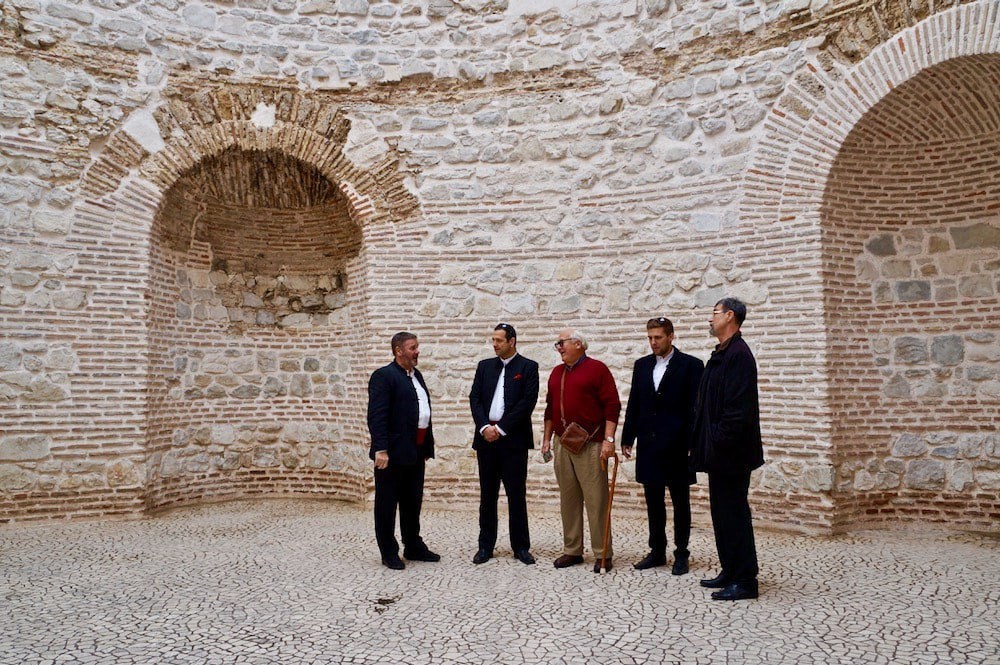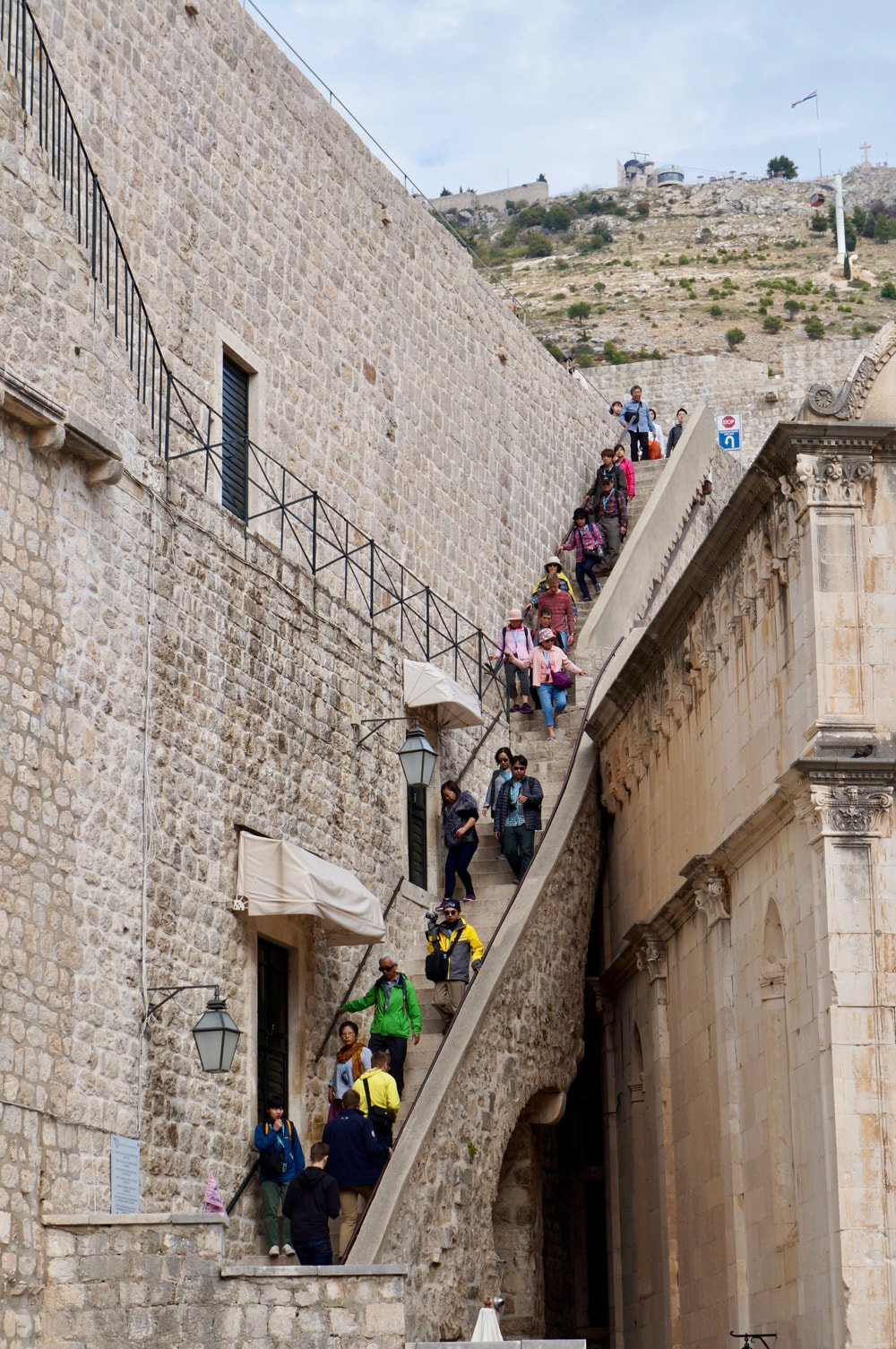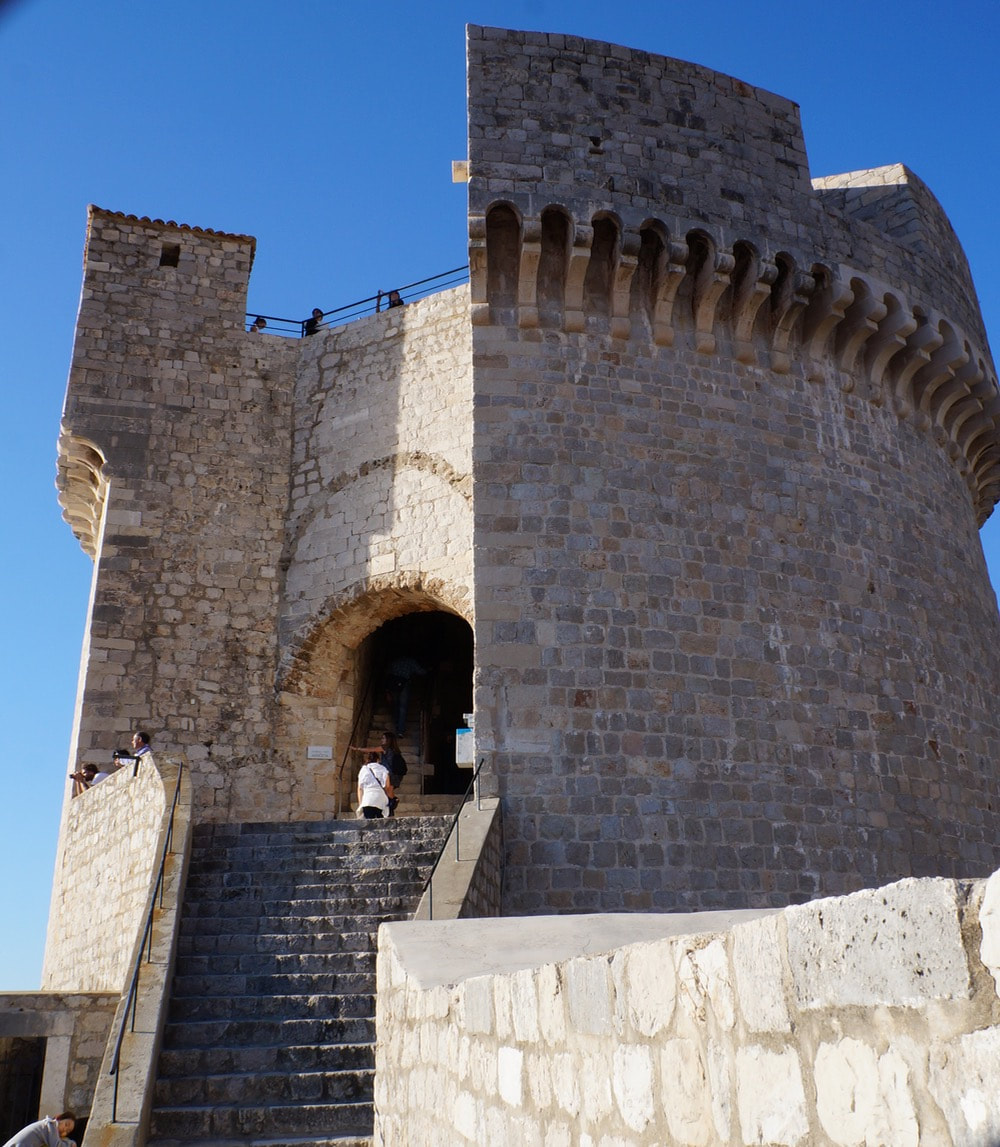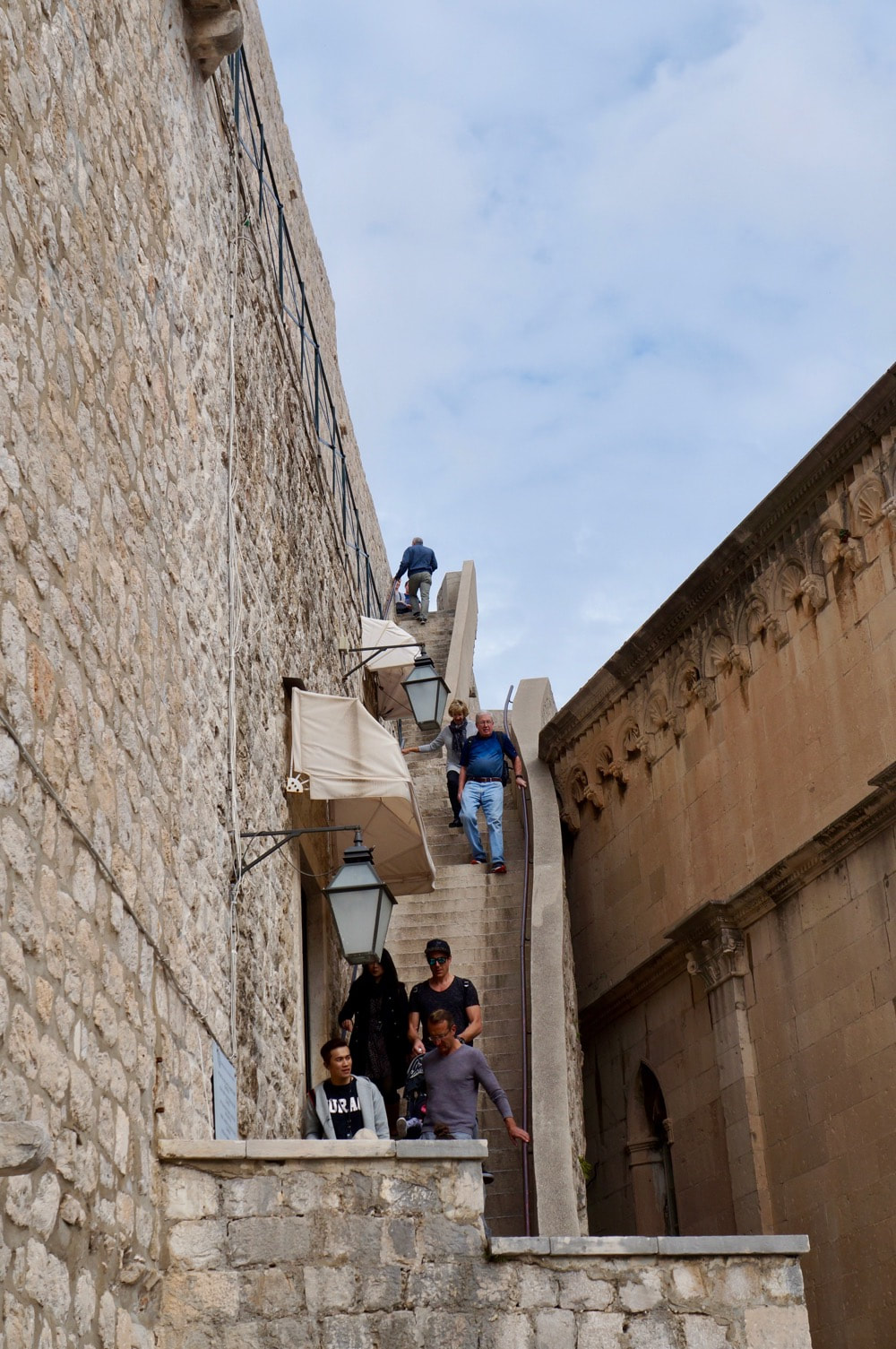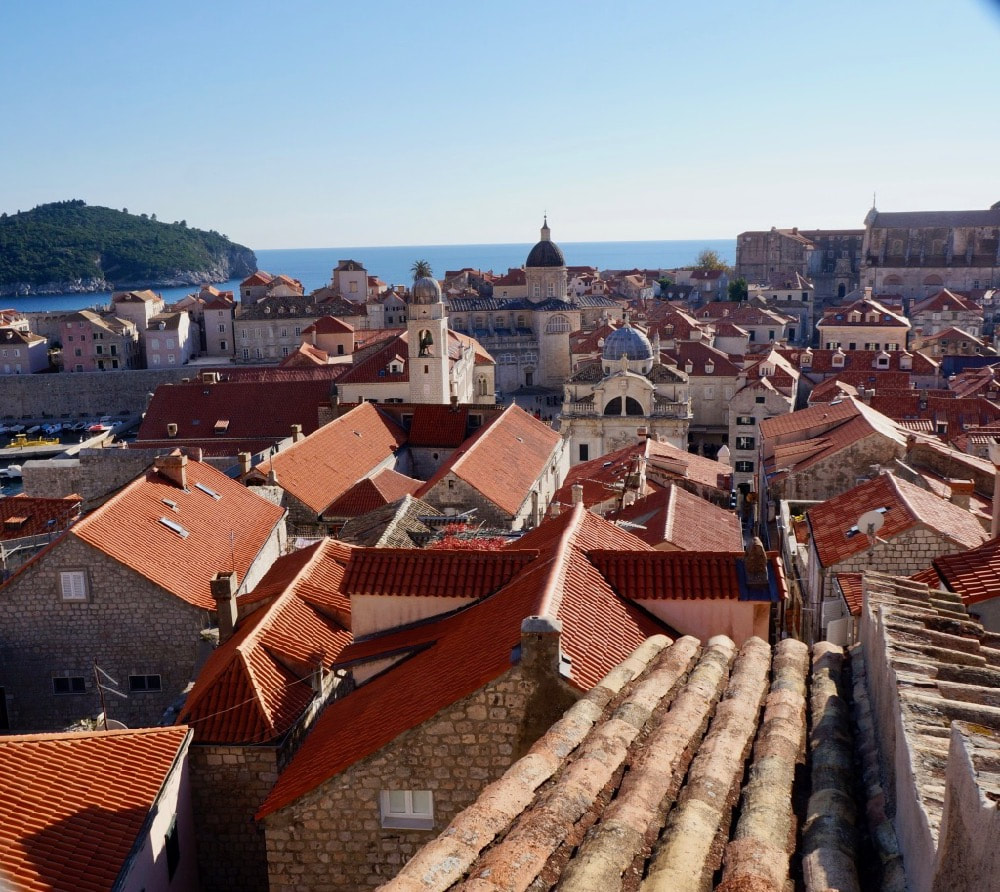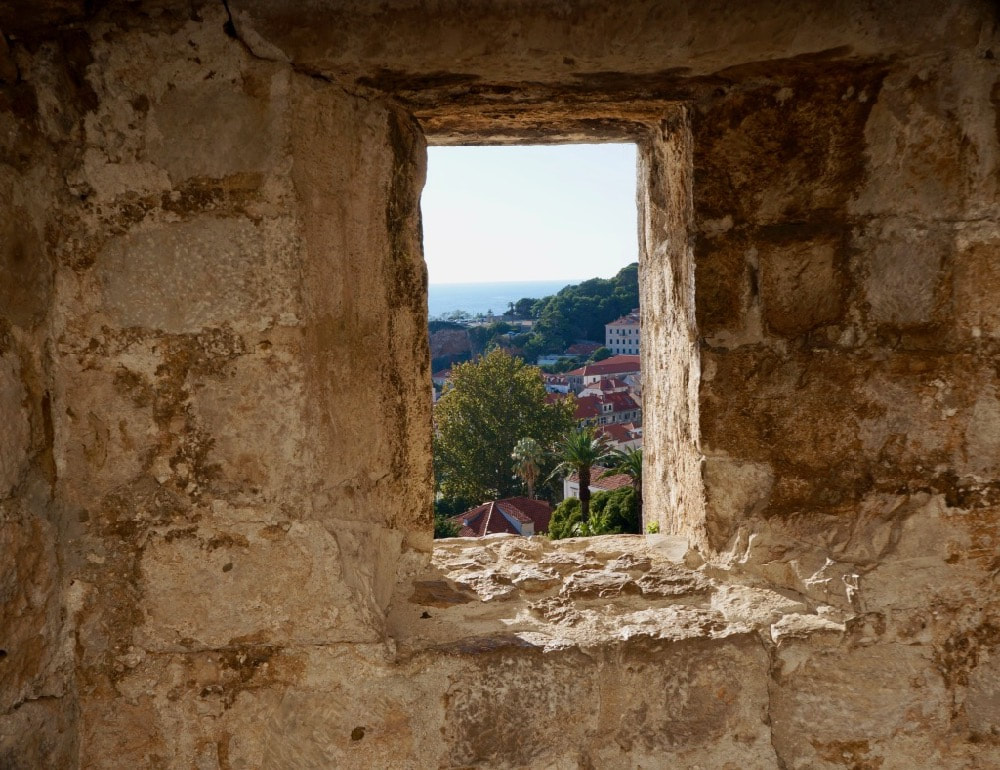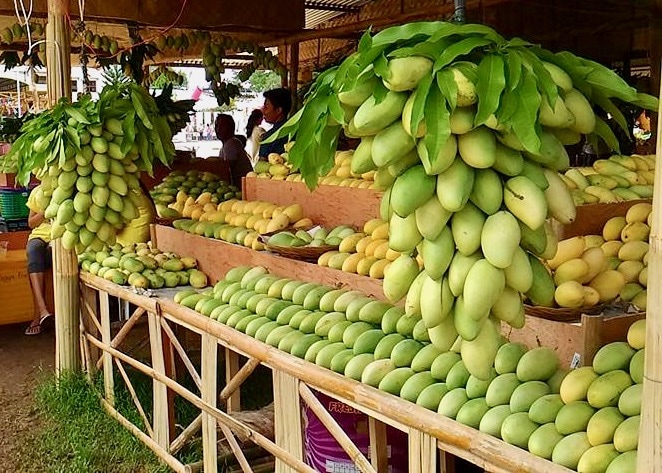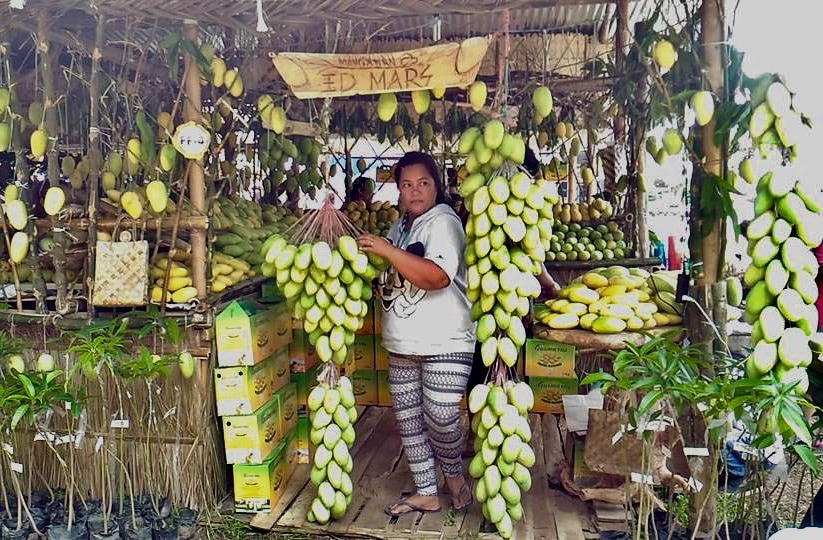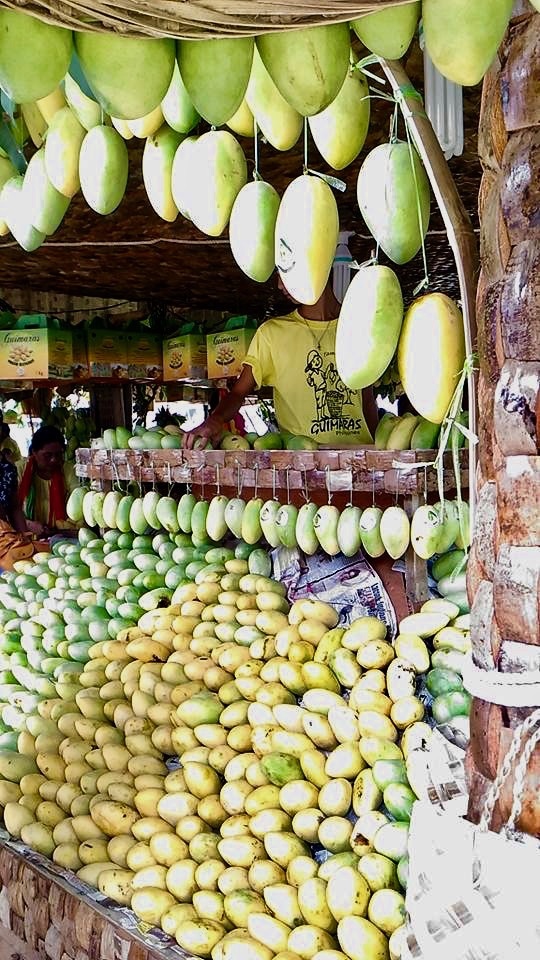|
In the ruins of the World Trade Center now stands a Memorial to remember those who have died in the September 11 attack. The Memorial has the names of each one of these innocent persons who happened to be there doing their everyday work or just visiting.
Amidst these ruins is also one unexpected survivor. Here it is:
0 Comments
The OculusDesigned by Santiago Calatrava, the Oculus is the main building and within is this 4 billion transport hub called the World Trade Centre. As you can see in the picture above, it is an organic form rising amidst the various towers and the Memorial which stood on top of the September 11 debris. The Oculus consists of white ribs interlocking high above the ground, looking like an eagle rising from the ashes. Inside is even more breath taking. Below is a view of the Oculus from the Memorial Fountain. The Oculus from the Memorial FountainThe Inside of the OculusTo go in, you must go to the Brookfield Place and from there go inside this 4 billion Station. As you go in, you immediately see the expanse and lightness of the building. You feel you are lifted up as you go inside and as you go up and have a view of the Station from the upper floor, the sight is astounding as you can see below. How to Find the OculusThe Westfield Trade CentreInside the Oculus is also the Westfield Trade Center where stores and restaurants offer retail. What we enjoyed most was having a light lunch of soup and sandwich in Epicerie Boulud, a cafe owned by the famous Michelin star restaurateur, Daniel Boulud.
If you haven't been yet to the September, 2011 Memorial, then, you're in for a very enjoyable visit of the Memorial and the Oculus. Address: Church St, New York, NY 10006, USA Europe, for years, has dominated the Christmas Market experience. You never thought you'll find one in Toronto but, unbeknownst to me who in the past have avoided Canadian winters, the Christmas market has been now been a feature for years in this city. So, last Sunday, I got very excited when our grandson invited me to go there. "There" is the Distillery District in Toronto. This district in Toronto is a 13-acre area of 10 streets and 40 heritage buildings of the former Gooderham and Worts Distillery. Founded in 1832, at its peak of production, it was supplying the world with over 2 million gallons of whiskey. These days, the buildings have been renovated to house cafes, fabulous restaurants and quaint shops which sells items you seldom find in the malls. It is the perfect location for a Christmas market. Below in the huge 54 ft. Christmas tree in the market. You must go when it's dark. As you can see in the pictures, the lights are fabulous at night. The place becomes magical and what's even better is that you can have drinks and food there. The market opened on November 15 and will go on till December 23 so there is still time to enjoy it. Food is abundant. You can get a turkey leg, a crepe, pretzel and more. For drinks, I recommend you try the warm sake and the mulled wine. 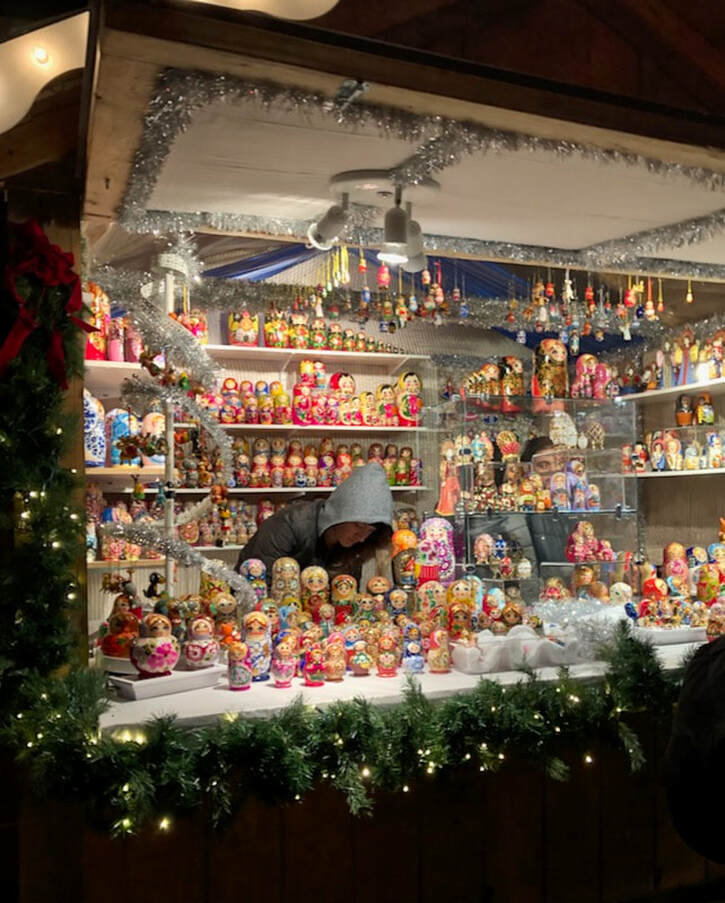 Russian Doll Store in the Christmas Market. Source: aesta1 Russian Doll Store in the Christmas Market. Source: aesta1 You can reach the Distillery District using the Toronto Transit Commission"s bus route, 121 Fort York-Esplanade, and the 514 Cherry Streetcar.
Founded around 897 by Earl Guifre Borrell whose burial site, on the left side of the Church as you enter, helped in ascertaining the date of the Church founding, Sant Pau del Camp (St. Paul of the Fields) was a simple Church so named because it was built in the agricultural plain in what was considered at that time the outskirts of the city of Barcelona. It is now the oldest surviving Church in the city of Barcelona. Today, it is like an oasis in the midst of a busy and crowded section of the city called Raval. Raval is where it all happens. It is colourful, full of bars and restaurants and peoples from different cultures as this is the place where most immigrants end up living. It is in here that this old and tiny Church of Sant Pau is located. Where is Sant Pau del Camp? Address: Carrer de Sant Pau, 101 08001, Barcelona Telephone: 34 934 410 001 Opening Hours: Monday to Friday: 9:30 a.m. - 12:30 p.m. and 3:30 p.m. - 6:30 p.m. Saturday: 9:30 a.m.-12:30 p.m. Reconstructed by Geribert Guitard and his wife Rotlandis, it became a Benedictine monastery, a priory of the Monastery of Sant Cugat but in 1835, the monasteries in Spain were secularized so the monks abandoned it. In 1879, it was declared a National Monument. Below is what remained of the Monastery. You can see in the next photo the entrance of the Church. Decorations are from nature. Some of the Interesting Features Inside the Church of Sant Pau del Camp The Romanesque nave with the altar is very simple with not too many decorations to distract one from worship. The tiny windows just give enough light adding mystery to the Church. When we visited the first time, there was a Japanese lady musician from Okinawa practicing for a concert. It is a pity we did not have time to go back for it. She claims that the Church has one of the best acoustics she has ever played in. The Church floors are all mosaic with different designs. On the left of the main altar is where the Blessed Sacrament is located. Here, there are candles you can light in prayer for whatever intentions you have.
Unlike the other major Cathedrals in the city where there are so many things to see and many other tourists vying for front view, this Church in its simplicity invites one to pray or to sit in silence. It speaks of age and wisdom, of what a Church should be, a connection to the unknown, to God. Gaudi deserves all the visibility he gets but Barcelona is not a one trick pony. Catalans try to express their uniqueness especially in the arts. and an architect named Lluis Domenech i Montaner created the perfect showcase for their music in the Palau de la Musica Catalana. Like Gaudi, Montaner did it all: architecture, engineering, design, interior design, artistic design and did it all on budget through public subscription in 1905. The organ alone deserves an essay with its 5000 pipes delivering the Fugue in D as an assault on eternity. When you join a tour of the Palau, the guide plays some music just to tease you how good the acoustic of the place is. The building will tell its own story in the pictures inside but when you hear the Catalans saying they are a special people remember this building. Both the inside and the outside are magnificent. It makes Rococo look bland and Thompson and Gehry look preprogrammed. Every centimetre fits into a great floral bouquet dominated by the roses of St. George yet featuring subtleties in acoustic engineering that are amazing for the late 19th century. Built between 1905 and 1908, the Palau is the best example of Catalan Art Nouveau architecture. It has been declared a UNESCO World Heritage Site. The Palau today hosts 300 concerts a year and some of the great artists and orchestras of our time have played there. Because it’s privately owned, it has infinite flexibility in its programming and in the message it sends out so when you visit Barcelona, of course, you must see the great Gaudi treasures but if you miss the Palau, you will not understand the heart and soul of Catalonia. Who is Lluis Domenech i Montaner?
A Catalan architect who was highly influential in Art Nouveau, Montaner was also a politician. He played a very influential role in Catalan's Nationalist Movement. Registered as an architect in 1873, he also was the director of the Escola d'Arquitectura, Barcelona's school of architecture. Montaner is a genius in Art Nouveau architecture and to see this you must visit his other work, the Hospital de Saint Pau now called the Saint Pau Art Nouveau Site. Some people think this is even much more beautiful. Here's a peek at this beautiful site. If living like our ancestors suggest to you a log cabin or cave or tent, it probably means you're North American and may have forgotten the vast European and North African history. The Paradors in Spain will change your thinking. The Spanish government has brilliantly taken religious, military sites and palaces in the 17th and 18th centuries and while protecting and enhancing the exterior of these convents and castles, they've created hotels that save as much of the original use as possible while shooting for that elusive fifth star. The results are amazing. We are currently staying in Convento del Roser, one of these Spanish paradors located in the historic centre of Lleida and we are gobsmacked. The exterior from the street is rough and beaten thoroughly by history but once through the glass door, the magic mix of a convent built in the 1600s with the most modern interior adaptations for creature comforts is both confusing and satisfying. Lighting, of course, makes a massive difference but very clever architects have made the most of every nook and cranny, from the open spaces of the interior courtyard to the adaptation of the Chapel to a first class restaurant serving local dishes in imaginative ways . There is not one ounce of cookie cutter in the whole 56 room structure and sometimes, you meet yourself coming back in the corridors. Being right downtown, features like parking require a touch of genius. The tiny streets of the historic area make the feeling of being in the middle of history even stronger.
There is, of course, an ample supply of 4 and 5 star hotels throughout Spain but if your idea of history is to engage as a participant and not hide away as a reluctant spectator, the paradors of this country are an absolute must. Spread through the country in all the major towns and cities, you can turn a very average holiday into a very exciting opportunity to look at our past. Vila Nova de Gaia is a city in Portugal completely unknown to us. We made our search of places to stay in Porto but somehow ended up in this place. The address says Porto so we kept in putting Porto into the GPS and never made a match..... and, hence, spent a fair amount of time lost. After two ladies took pity on us and drove us to where we were supposed to be, we still were far from making the GPS work. Luckily, we asked a person in the street who pointed to us that instead of Porto, we put Vila Nova de Gaia as the city and it worked perfectly. We certainly learned how helpful Portugese people are in showing their historic mastery of navigation. It is on the other side of the Duoro from Porto and here's the fantastic view we have from our 3rd floor apartment. All worth the climb. The Port factories claimed by Porto are all here too...so write the name down now. But Vila Nova de Gaia is not just the other side of Porto. It has several kilometres of the Atlantic shores. With quaint fishing villages, one can still enjoy watching the fishermen prepare for the sea and have delicious fresh fish in some of the restaurants close to the water. Other Interesting Places in EuropeWine and olive oil sampling in Istria is worth whatever time you can give to it. The wine is as good or better than much of what you'll find in southern Europe and the best of it never leave Istria or Dalmatia so if you can get there and visit the vineyards, you're in for a treat. We happened upon an olive harvest and shared with the group their fun more at us I think but we did not really care. It's a novelty for us who did not grow up in olive growing countries. Olive oil maybe a salad dressing for much of the world but in Istria it is a religion. Hours can be spent assessing colour and aroma.
Heritage towns can do so much more than just polish up vintage architecture and burnish the museum exhibits. The challenge is to turn significant history into a living part of today. Congratulations Split! With a group like Dalmatian Klapa, the traditional music of the region comes alive and creates a really solid link between today and history. Singing outdoors in what seems to be a perfectly designed open dome that suits their voices, the Group add energy and humour to their very professional voices. The tenor, of course, is the lead but the wonderful support of the other 3 singers gives him a perfect base to present exciting music. The presentation is free although you're welcome to buy one of their CDs. For Japanese, Korean and especially Chinese tour groups who may not have heard this style of music before, it can be a revelation. It is the only time we have ever heard silence from an Asian tour group. One Filipina said it was like music from heaven but it's not the staid, old Gregorian music. It's the energetic summary of village experience and it is the definition of toe tapping and smiling engagement. The songs aren't long so the tour guides don't stare at their watches but if you want to lean against a brick wall at the back of the Dome, you can listen to a variety of music and really feel the energy and happiness of the singers. If they catch you humming ro bom-bom-booming, you're co-opted into the quartet and invited to burble along in the deep background. What are the experiences that you remember after seeing your umpteenth Roman ruin or another small museum? What you remember is what engaged you and involved you and lets you become part of the history as a participant and not just a spectator.
The Dalmatian Klapa group and others like it in other cities are doing this and changing tourism from a passive following of the flag bearing guide to a much more active appreciation of the environment of history. The idea of disruptive technologies is not new. A city wall for protection, 6 meters thick in places, 25 meters high, parapets, gun embrasures, moats, and then, someone invents the mortar, the Howitzer, the aerial bomb. The wall doesn't protect, it traps the population. Still, for tourists, it creates a wonderful "Games of Thrones" world where you can wander the walls and streets watching the frantic rebuilding to keep in the tourists even if the invaders use the disruptive technologies to change history. Napoleon had another tactic. Make the effort to climb the hills behind the city and be prepared to pound it to rubble from there, easily looking over the walls. Vaubon would have been proud. About 1940 meters long, the city walls is one of the most beautiful fortification system I have ever seen. My husband and I hesitated for a few days before we gathered courage to scale it. To our surprise, it was quite manageable even with my husband's bad leg. The parapets are high enough that even the height challenged are reasonably comfortable. The walkways are wide and there are resting places to give your weary legs a break. The walls include 3 forts, 16 towers, 6 bastions, 2 corner fortifications and 2 citadels. Don't miss the impressive tower of Minceta where the Croatian flag is flown permanently. What You'll See on the Top The views are stunning of the bays and the islands. You can take pictures as you peer through some of the slots woven through the walls. Have a peek at the rooftops and fill your imagination with the interesting lives of the people under those roofs. The dark red roof tops indicate the rebuilds after the Serbia bombardment in"91-'93. Here are some of the views from the top: As of November 2017, the fees are 150 Kuna per person
These pictures were taken in Aspdin Road 3 (Muskoka Road 3) on October 5. The colours are coming out much more beautifully. Hopefully, it will even be better on Thanksgiving weekend.
The tropical world competes to grow the best mangoes. The bragging and puffery are legendary, and it is all a waste of time. First of all, mangoes are the world's most fantastic fruits. Other claimants to that crown will always be pretenders, and anyone who claims that durian is No. 1 lost their taste buds in the last gorilla attack. Guimaras Island in the Philippines has the world's sweetest mangoes, and if you don't believe me, ask anyone from Guimaras. The people on this small island protect their mangoes from any outside influence. No other mangoes are allowed to come into the island. They want their mangoes to remain the sweetest ever. There are claims that these are the only mangoes permitted in the kitchen of Buckingham Palace and the White House. Things to Do in Guimaras During the mango season, which is around May, people flock to this island to have a taste of their mangoes. They have stalls offering "All You Can Eat Mangoes" for a minimal fee. But there is much more in Guimaras than mangoes. The beaches are also stunning, and there are resorts for every budget. The underwater caves are remarkable, and tropical fish in their millions flock there, probably having heard of the mangoes. My favourite place is the Trappist Monastery, where you can sit and be at peace with the chanting of the monks in the background. The Trappist also makes the most delicious guava jelly, and they have also added to the list of products that are world championship class. So, put Guimaras on your lifetime bucket list. How to Go to Guimaras
It's relatively easy to visit the island. You can fly from Manila or Cebu to Iloilo. The flight is about an hour and 10 minutes from Manila and about 50 minutes from Cebu. From the Iloilo airport in Cabatuan, by taxi, it is about 45 minutes to reach the Ortiz and Parola Wharf, where you can take a quick boat to sunny Guimaras (Jordan Wharf). There's a boat every 30 minutes, and the crossing to the island only takes 15 minutes. Once there, remember to try their mango pizza. It's delicious. Plan to stay a few days to eat and drink mangoes in every possible form and get some beach time and diving in before you have to leave heaven. Hanoi has closed off some downtown streets to vehicle traffic especially the ones around Hoan Kiem Lake. This blind man often plays there his nose flute and it is always a treat to listen to him. For those who want to know more on these closed off streets of Hanoi, here are the links:
Hanoi is one city in Asia which has retained its old world charm so its downtown streets are still fun to explore. Here's a recent video of our adventure. |
Archives
January 2024
|

